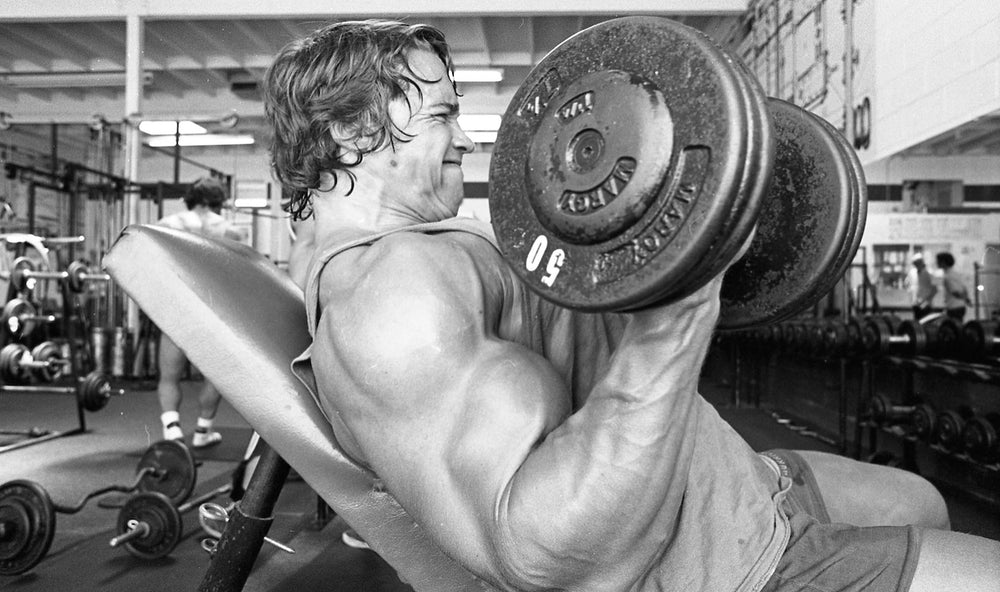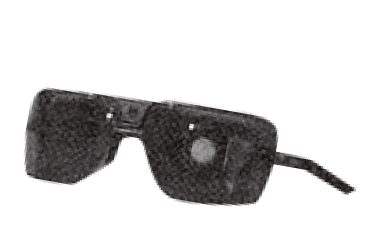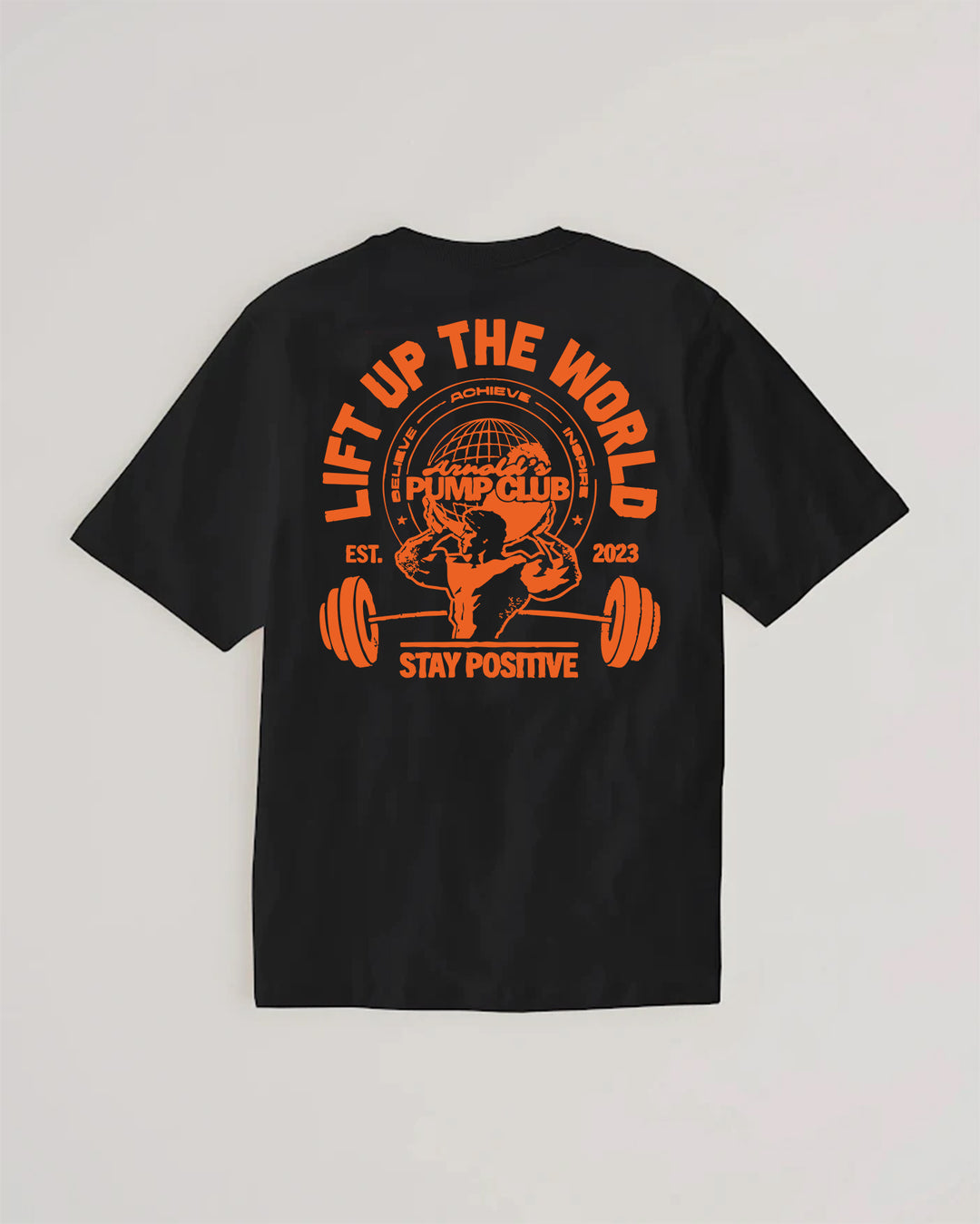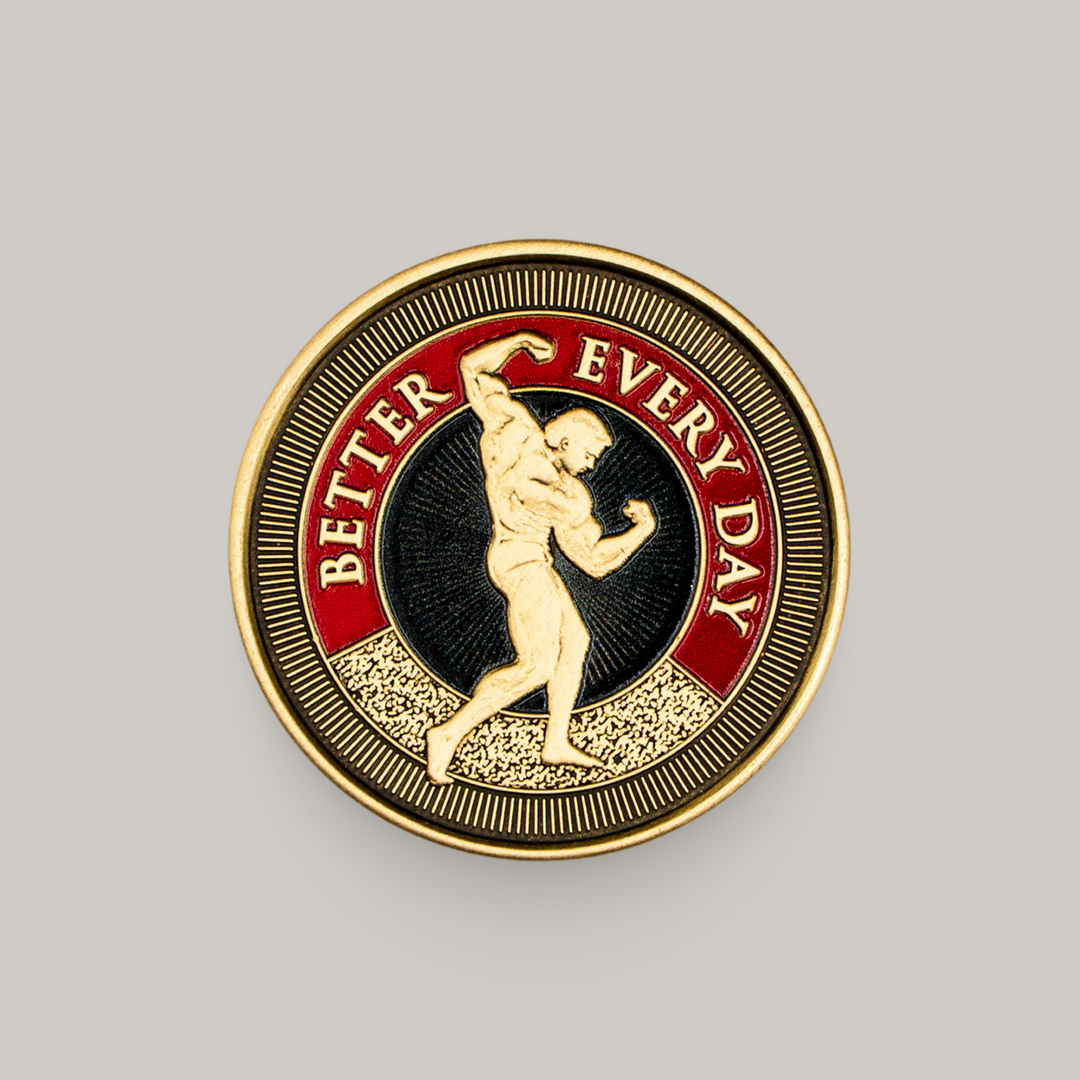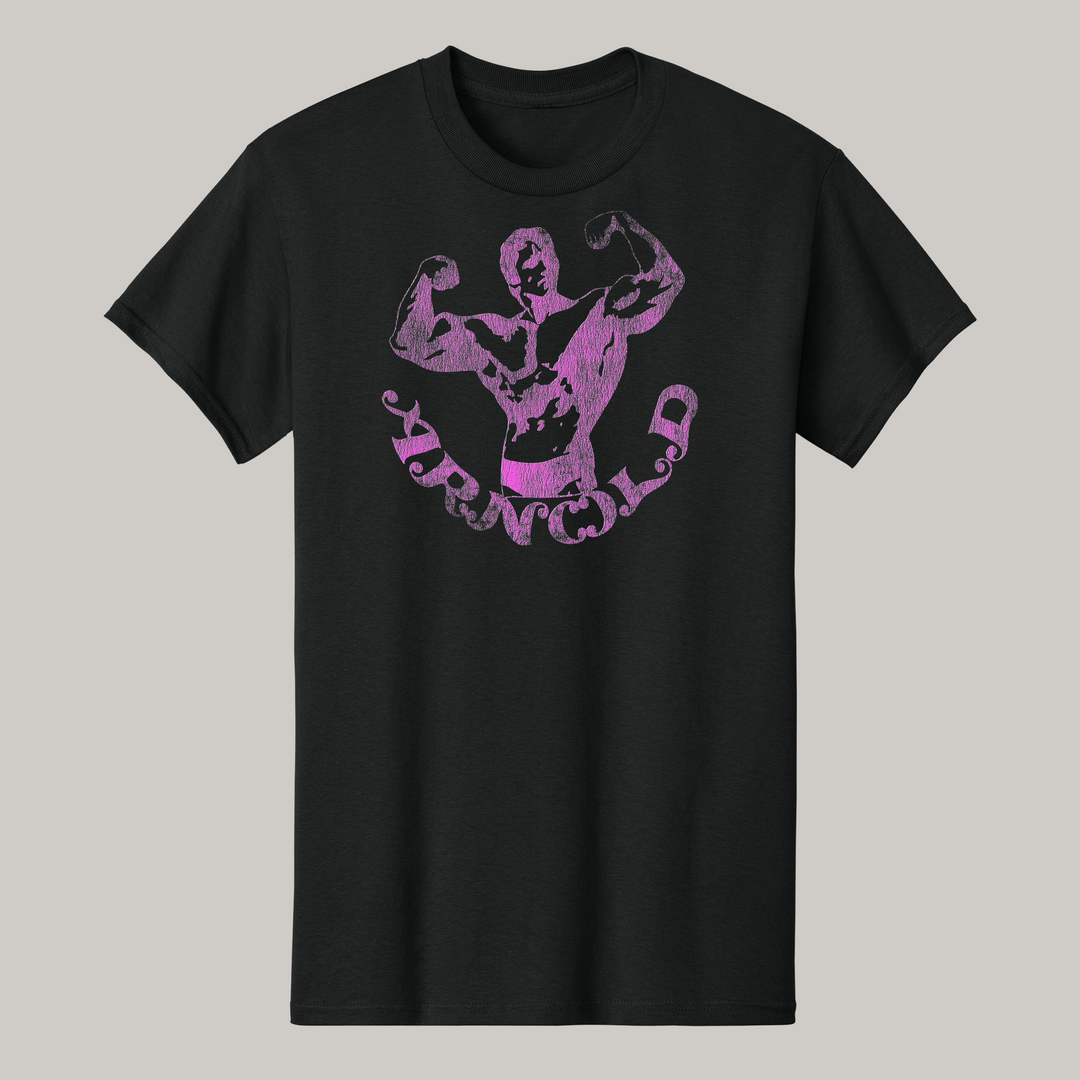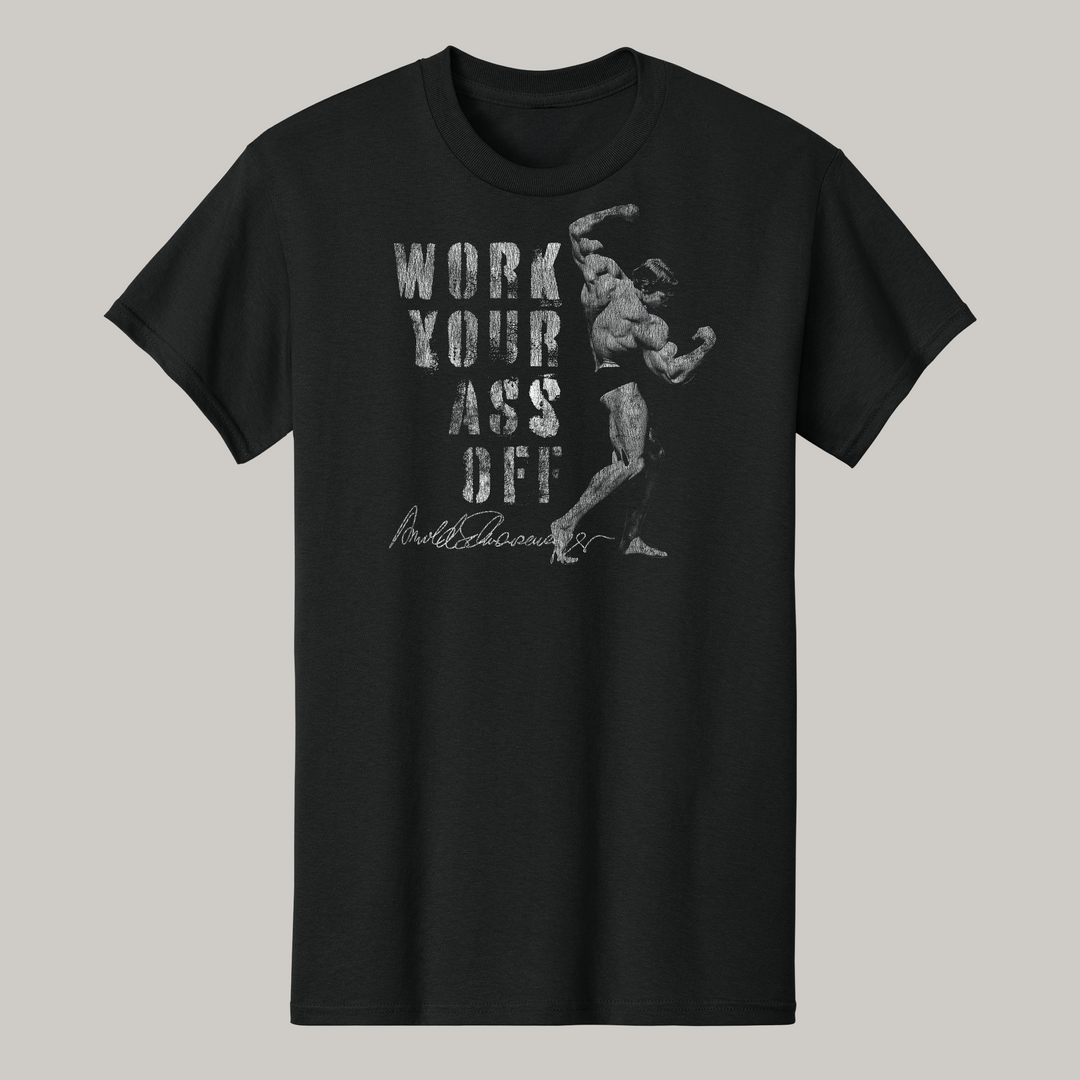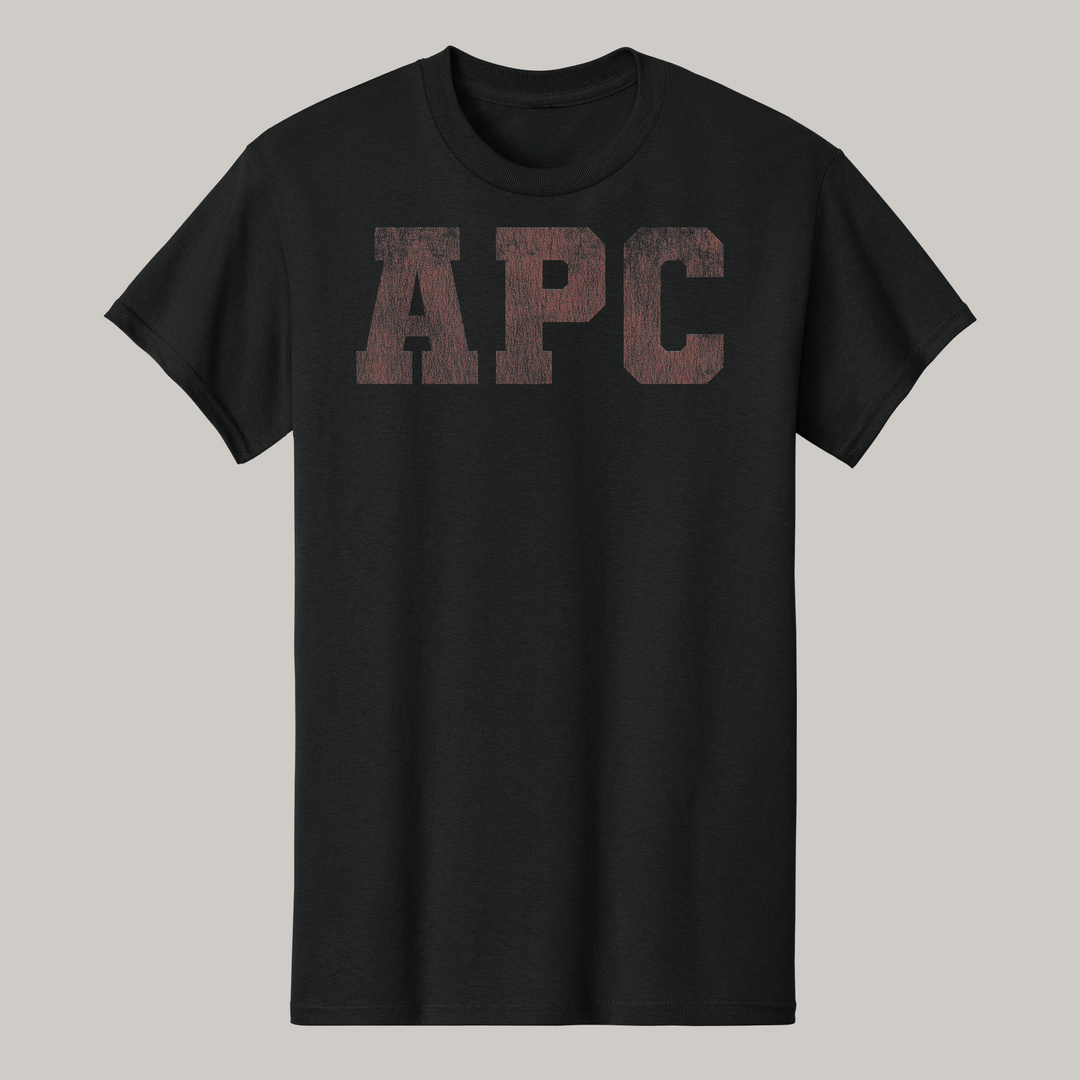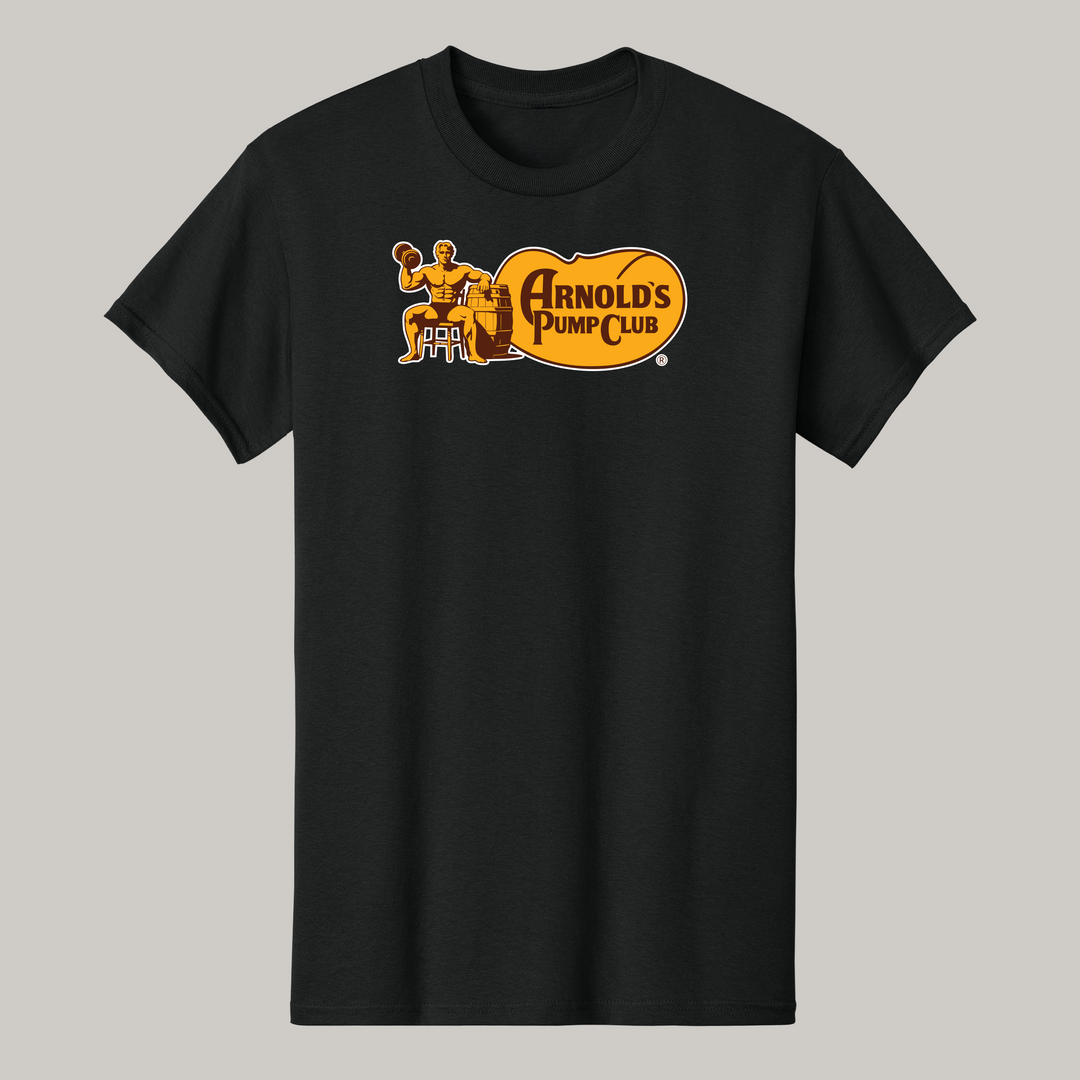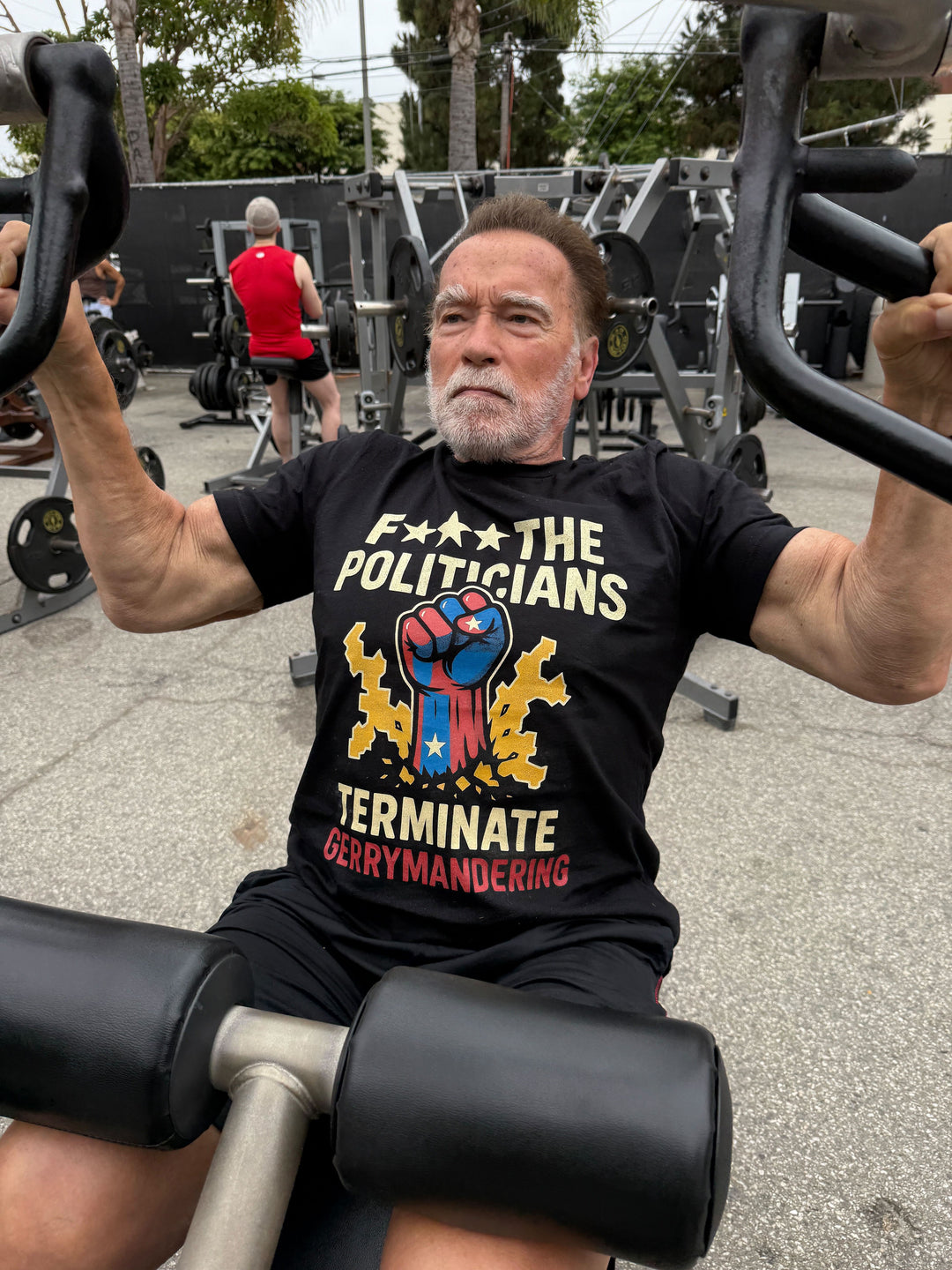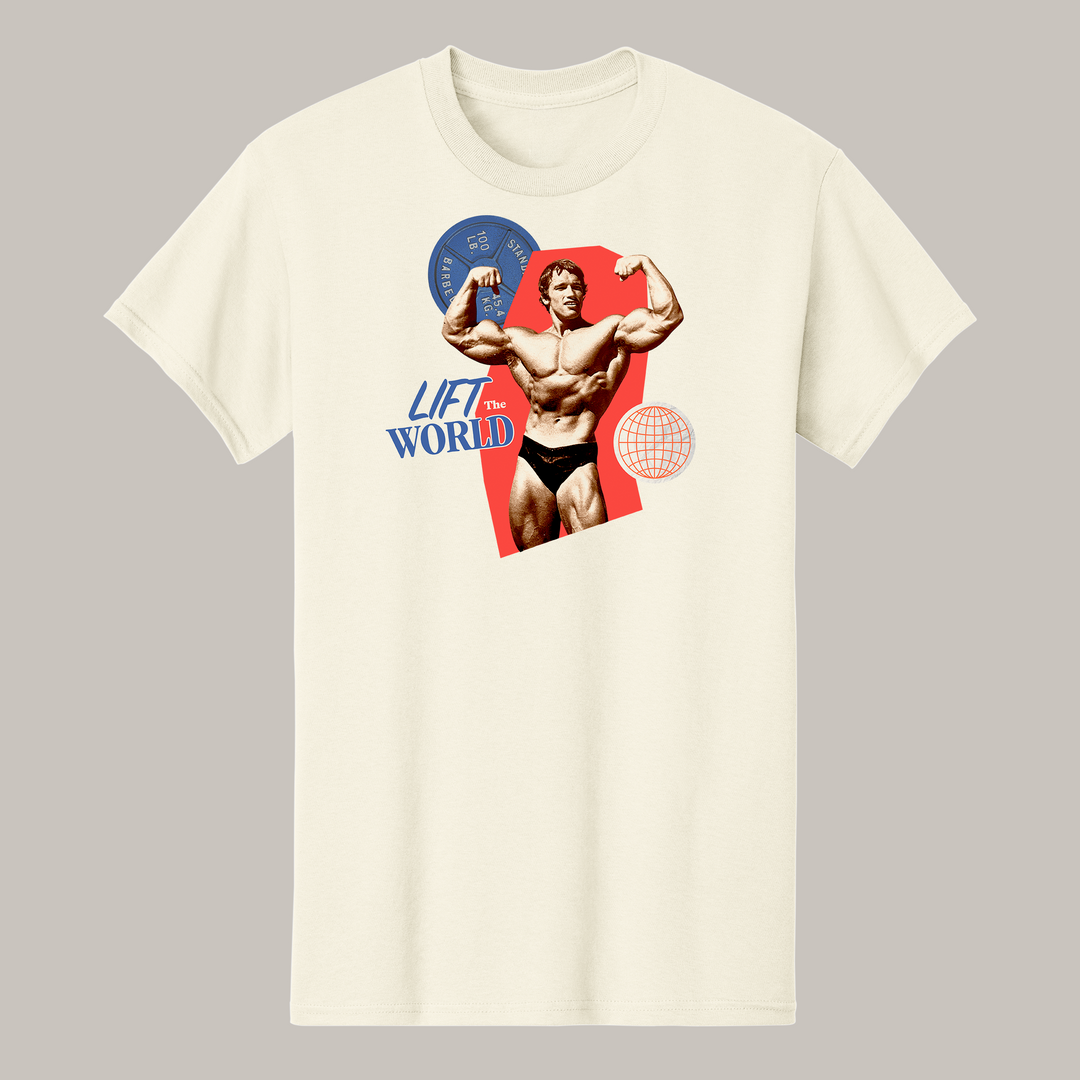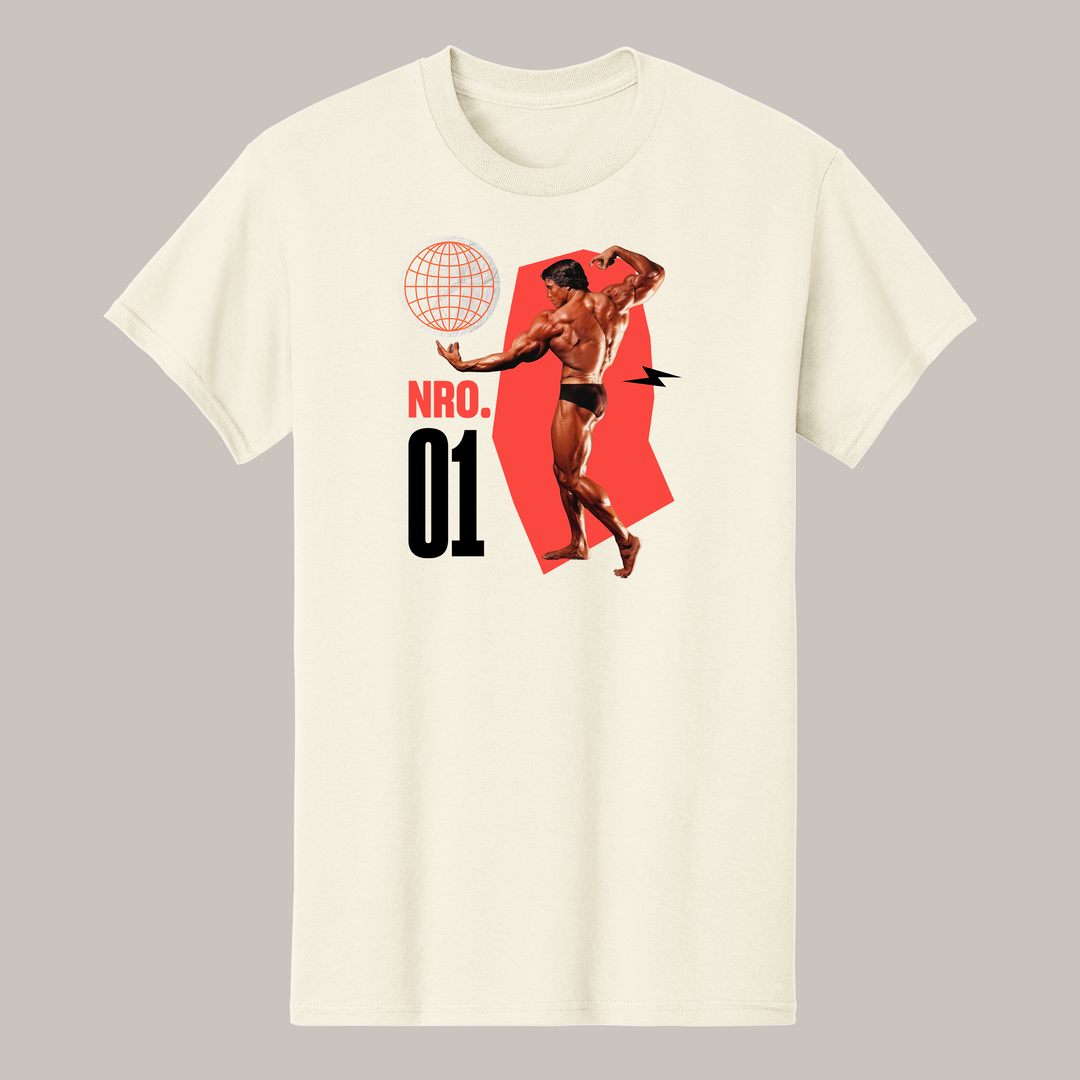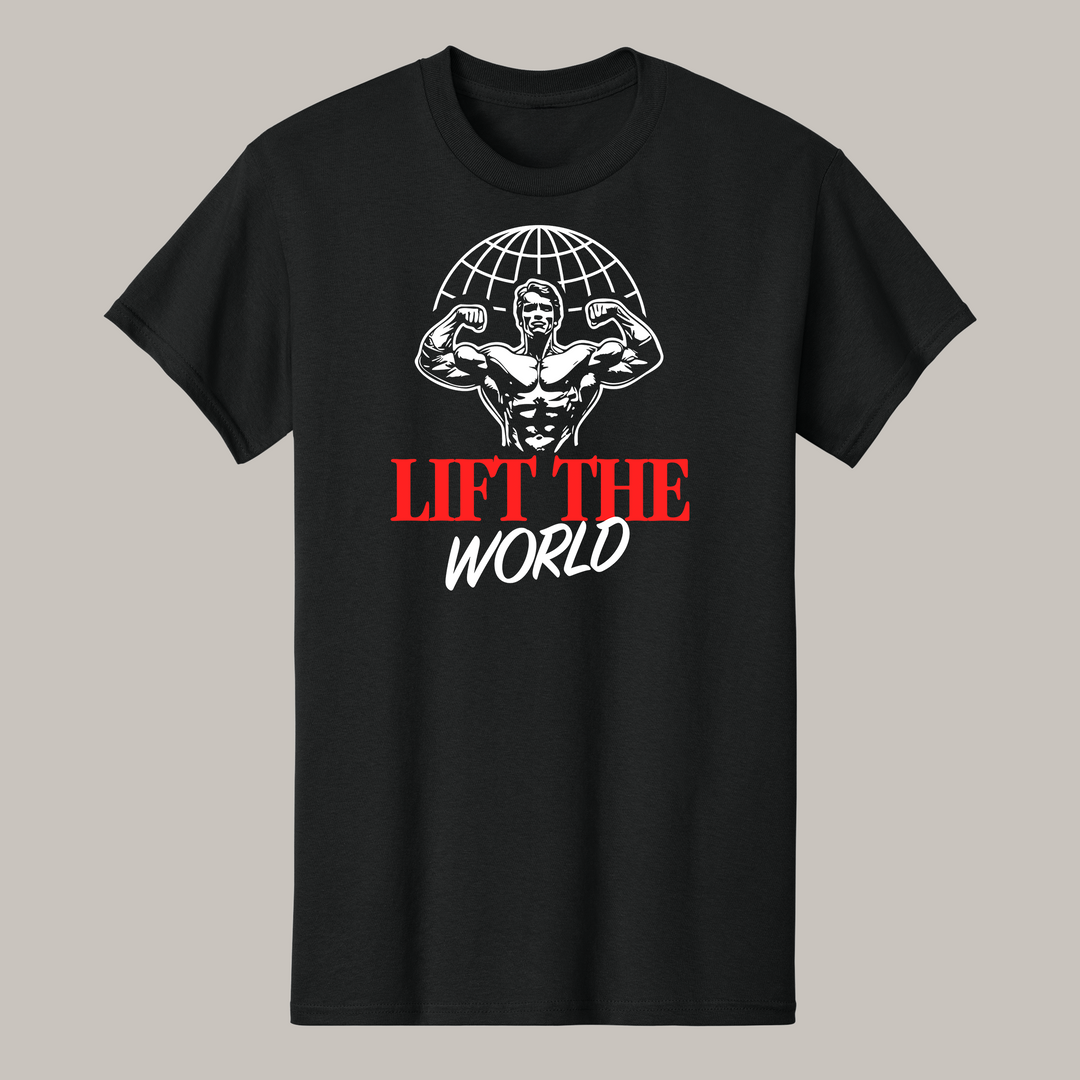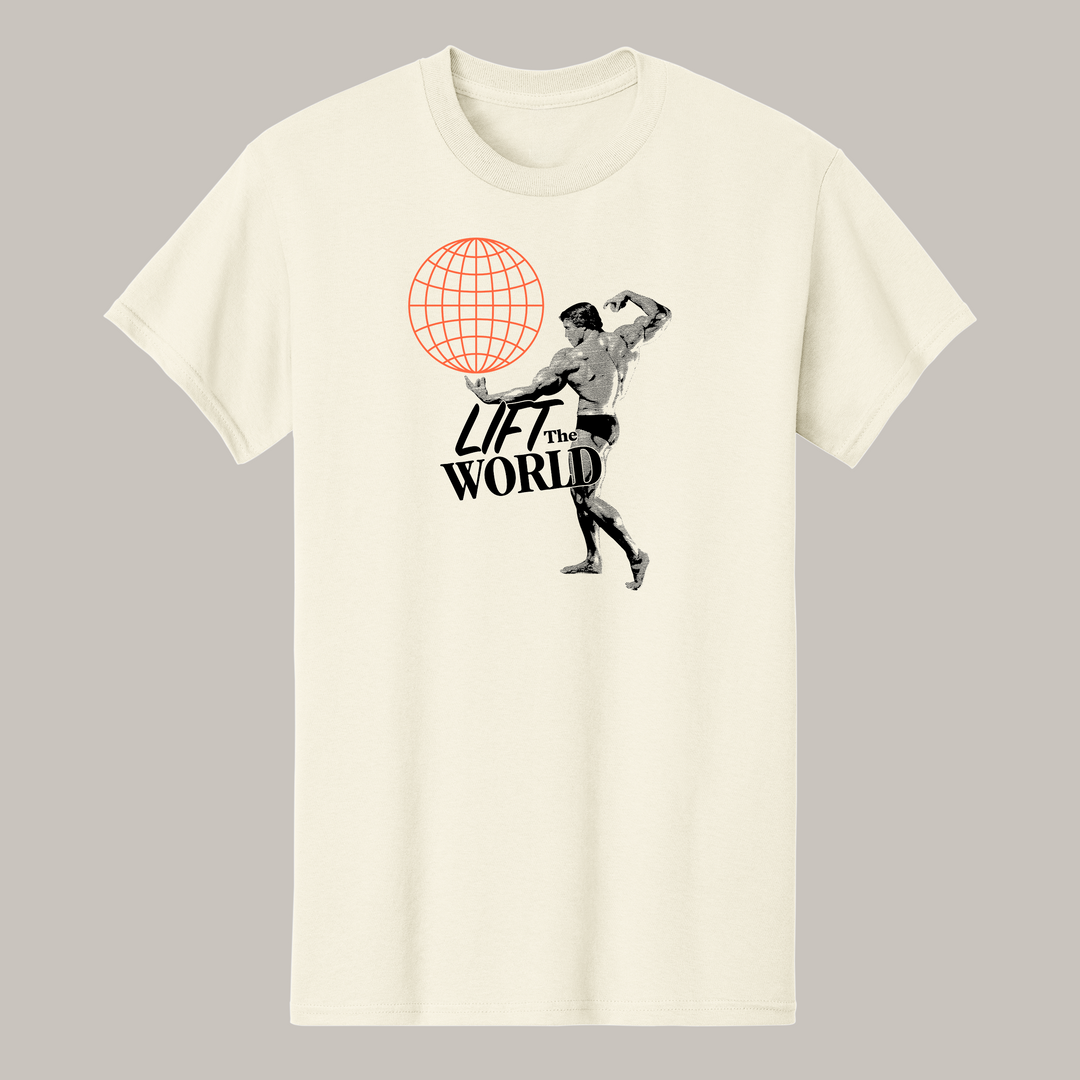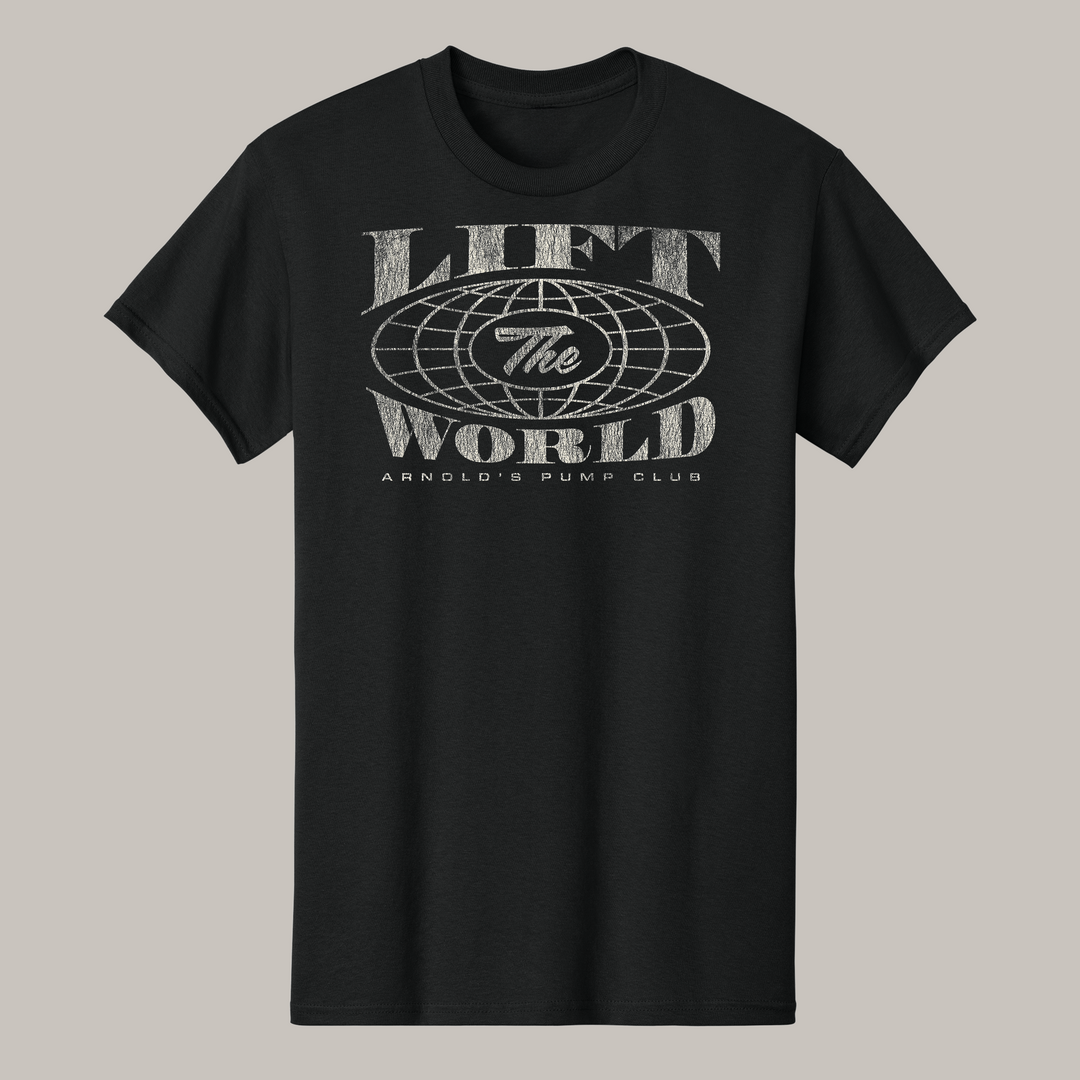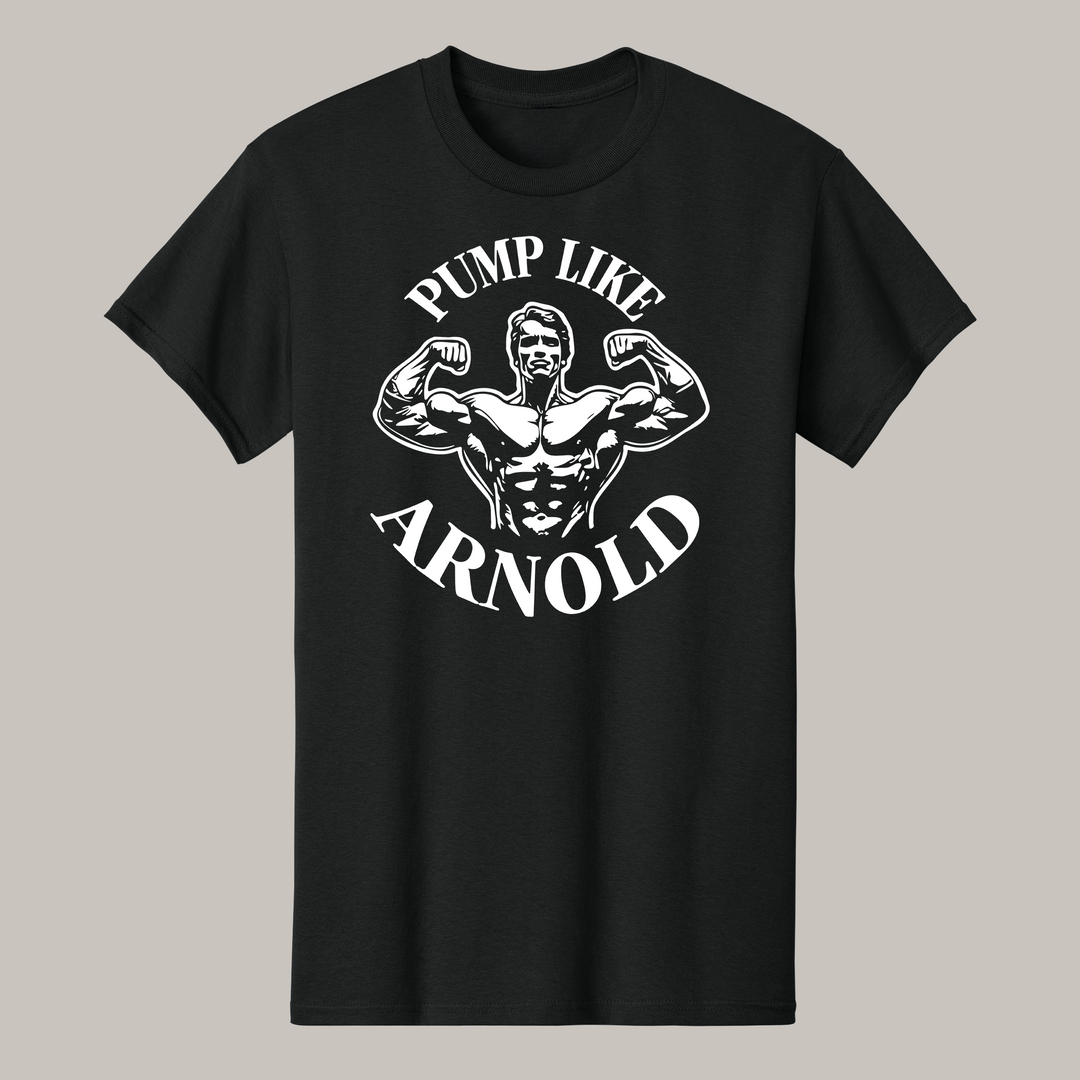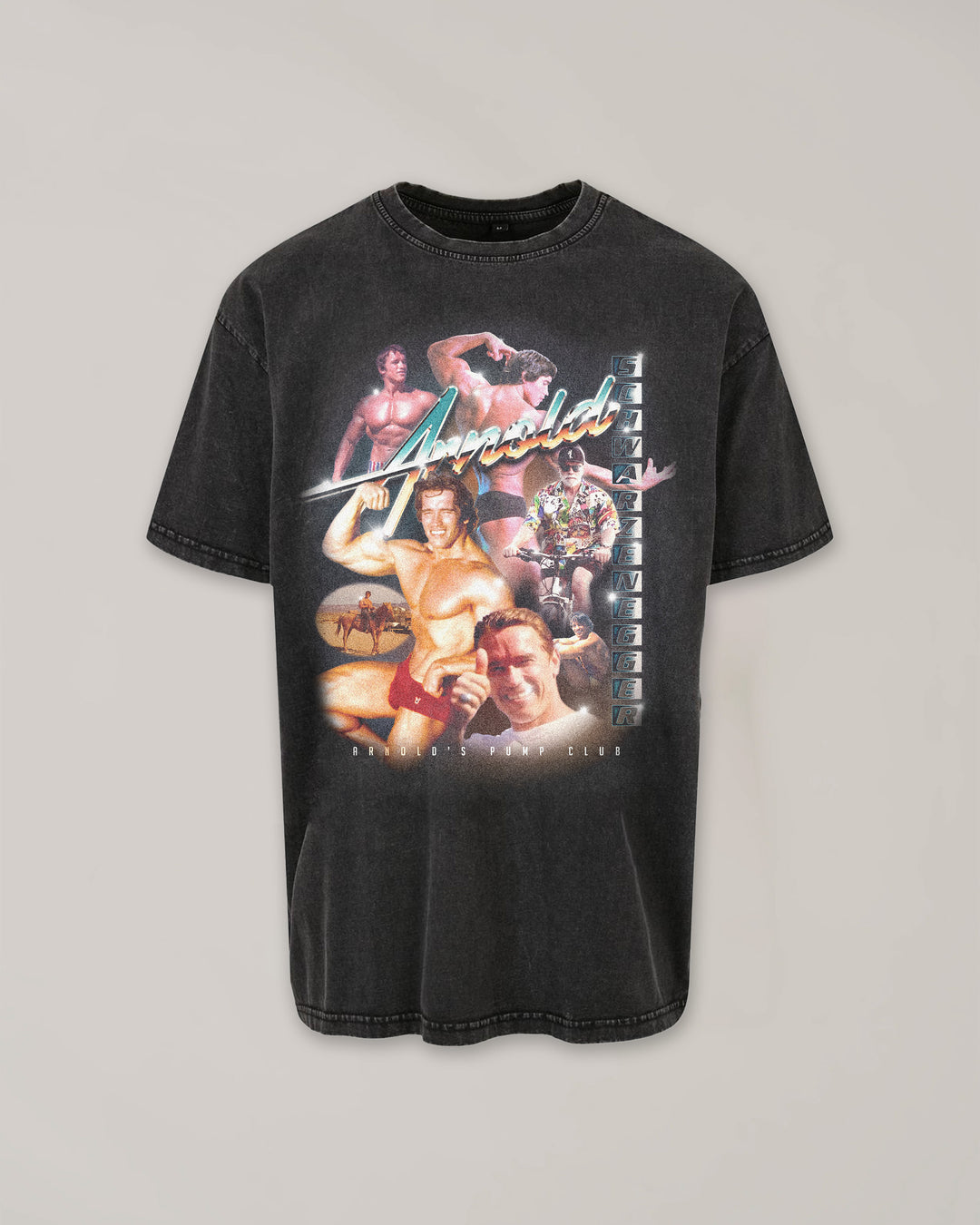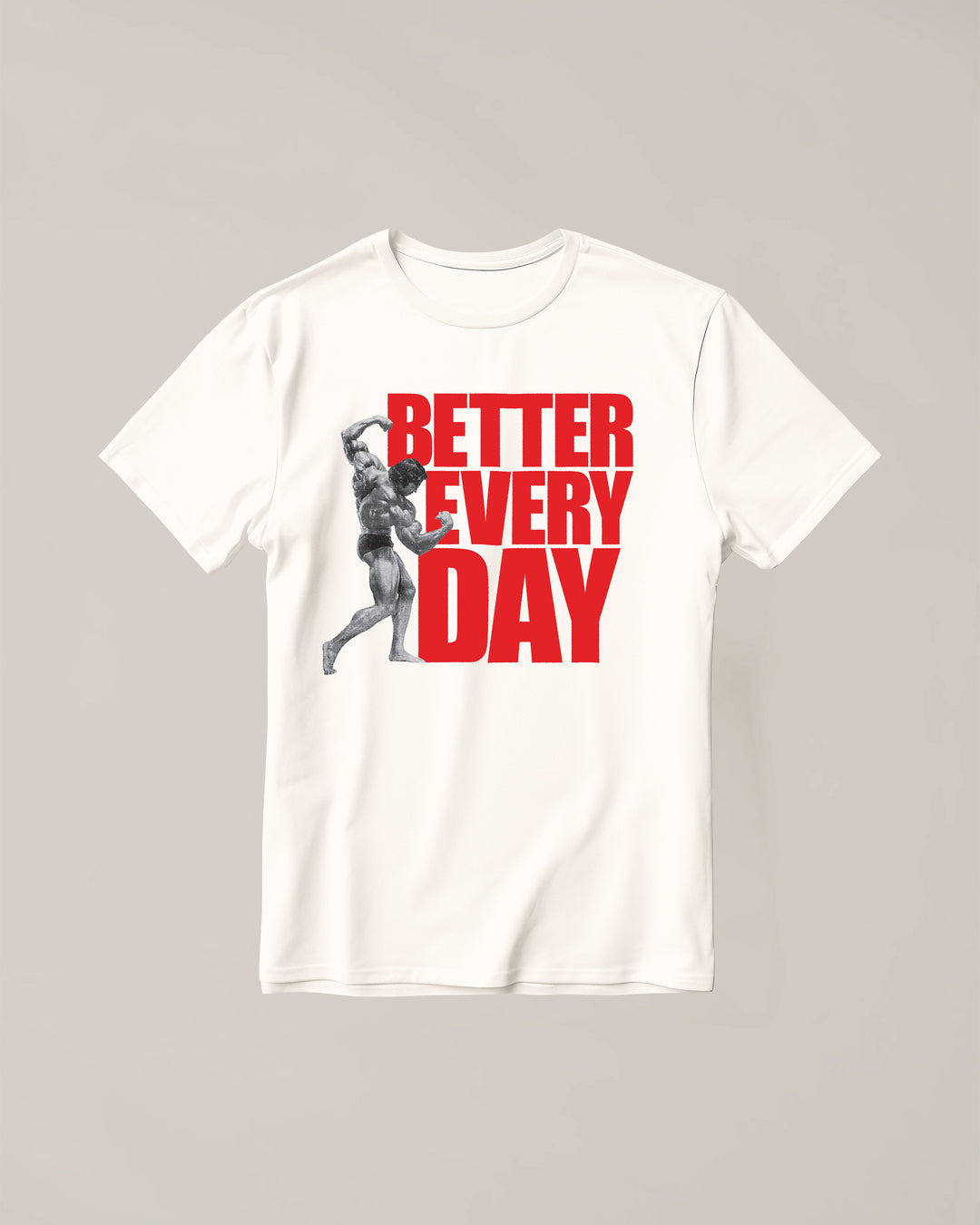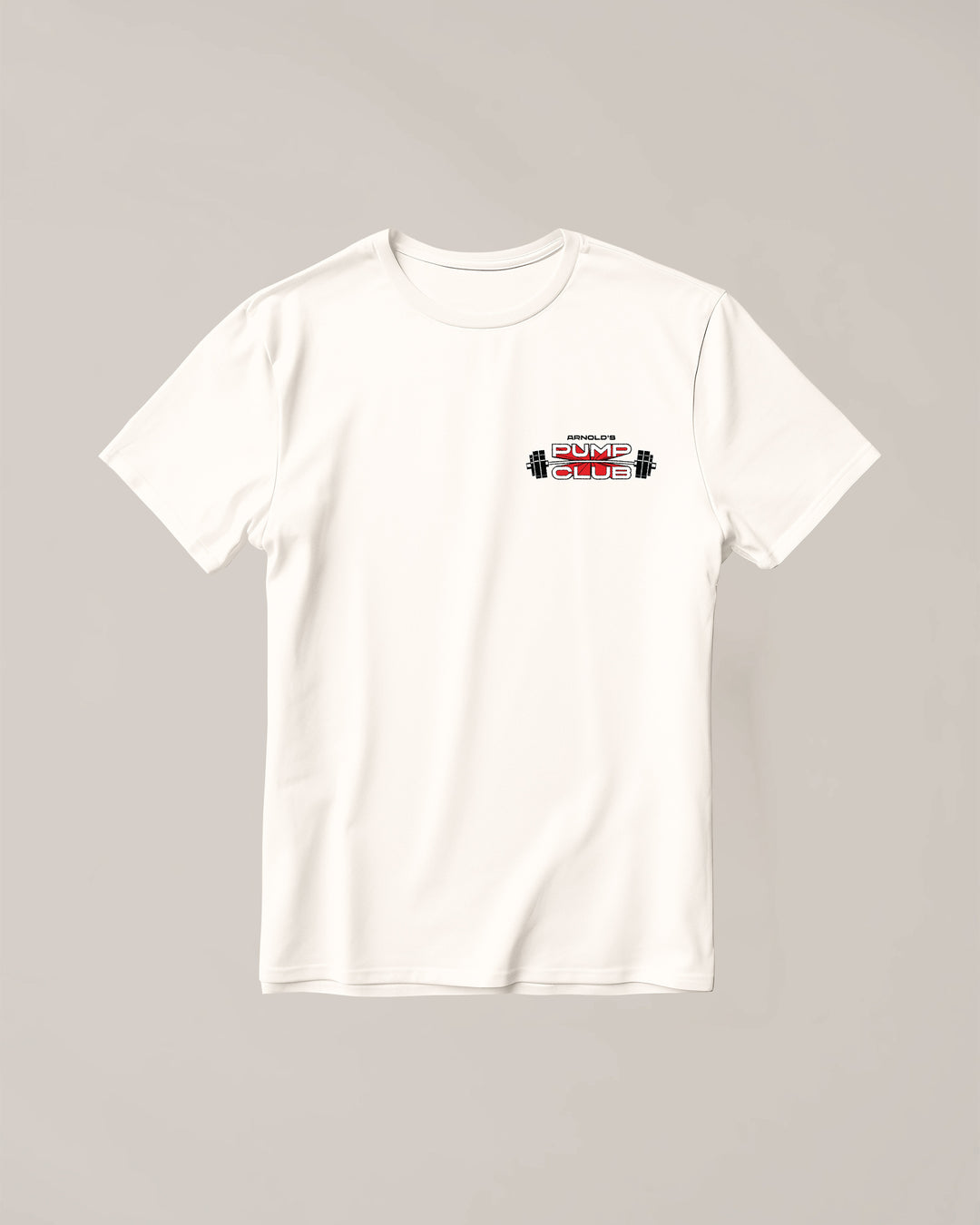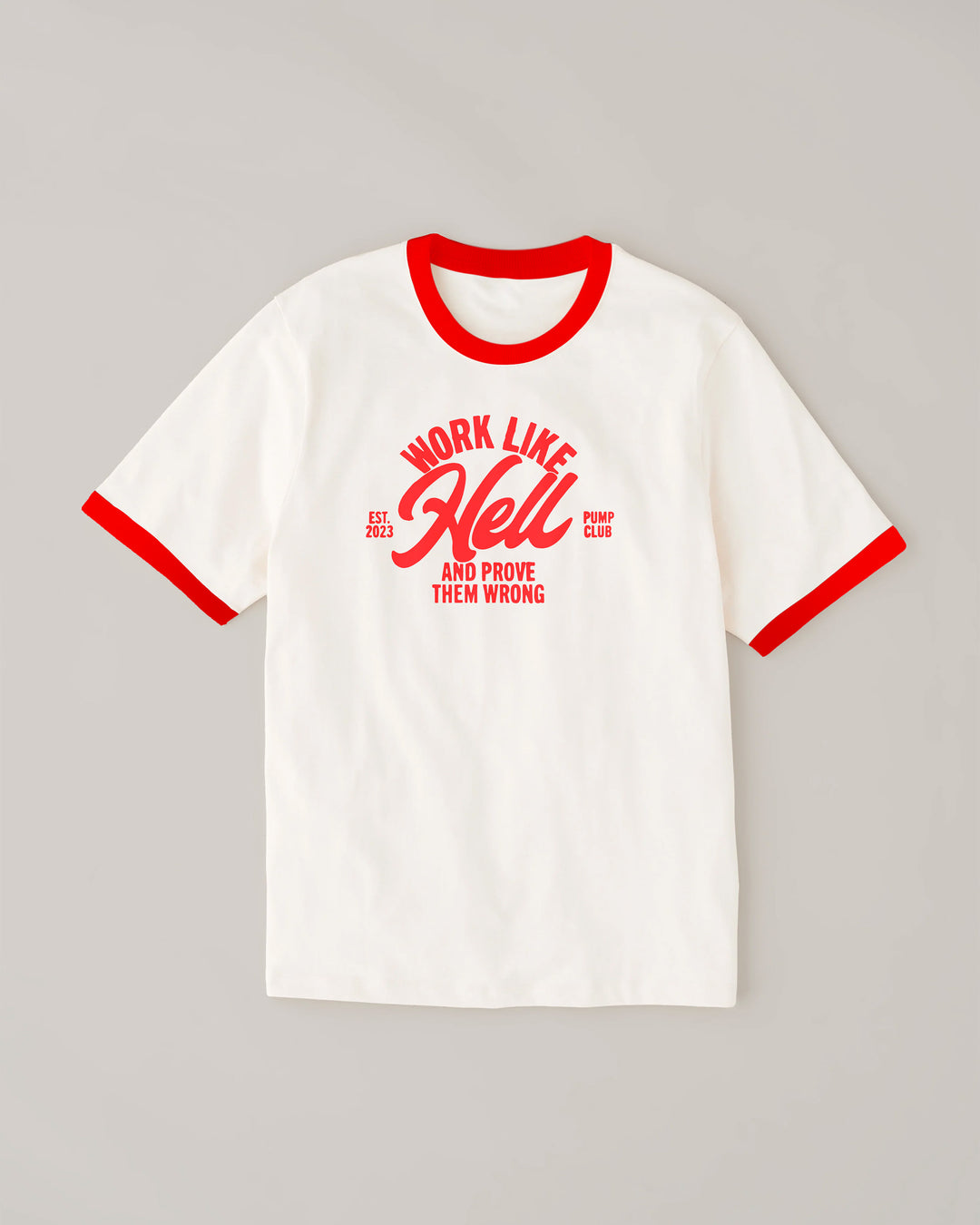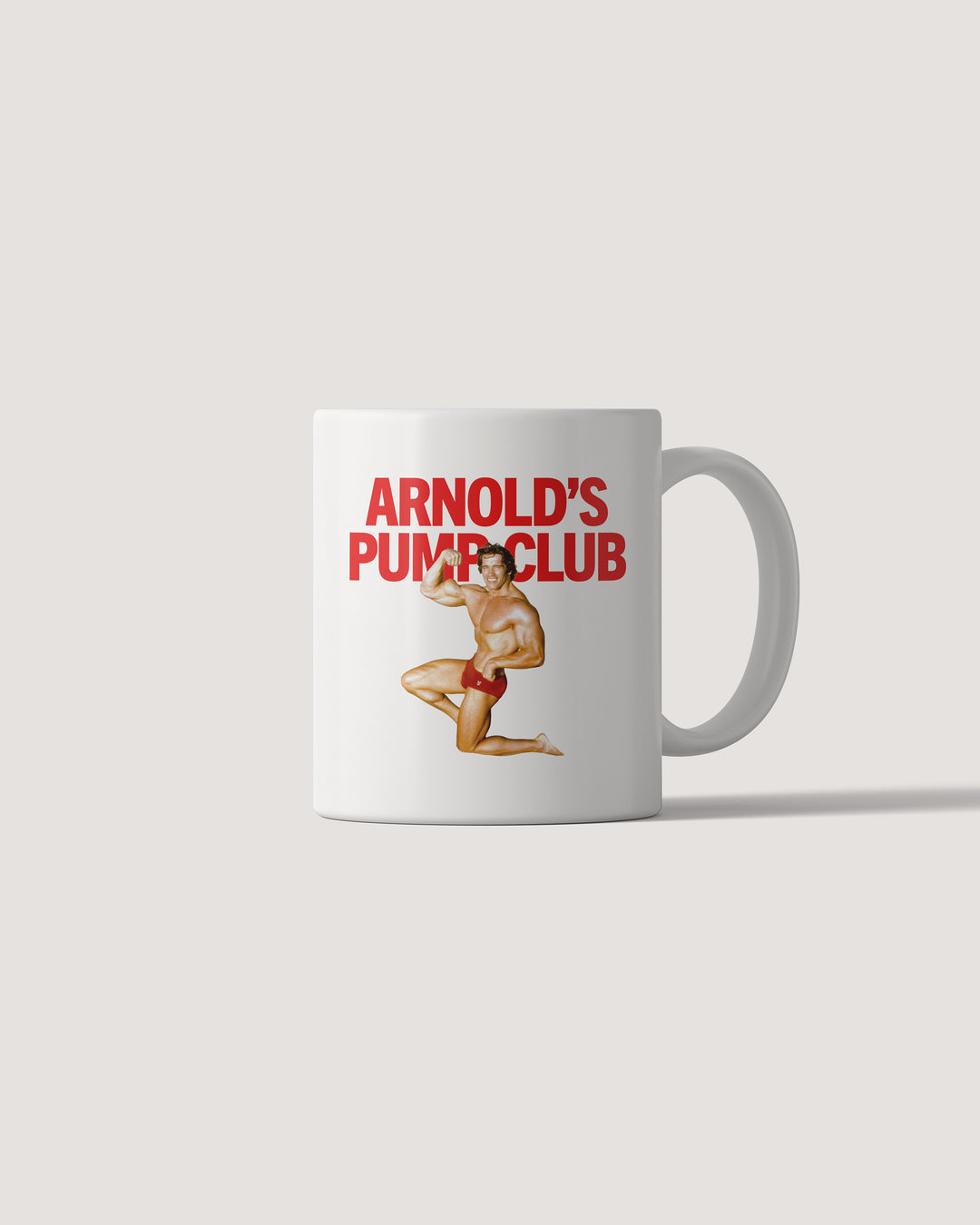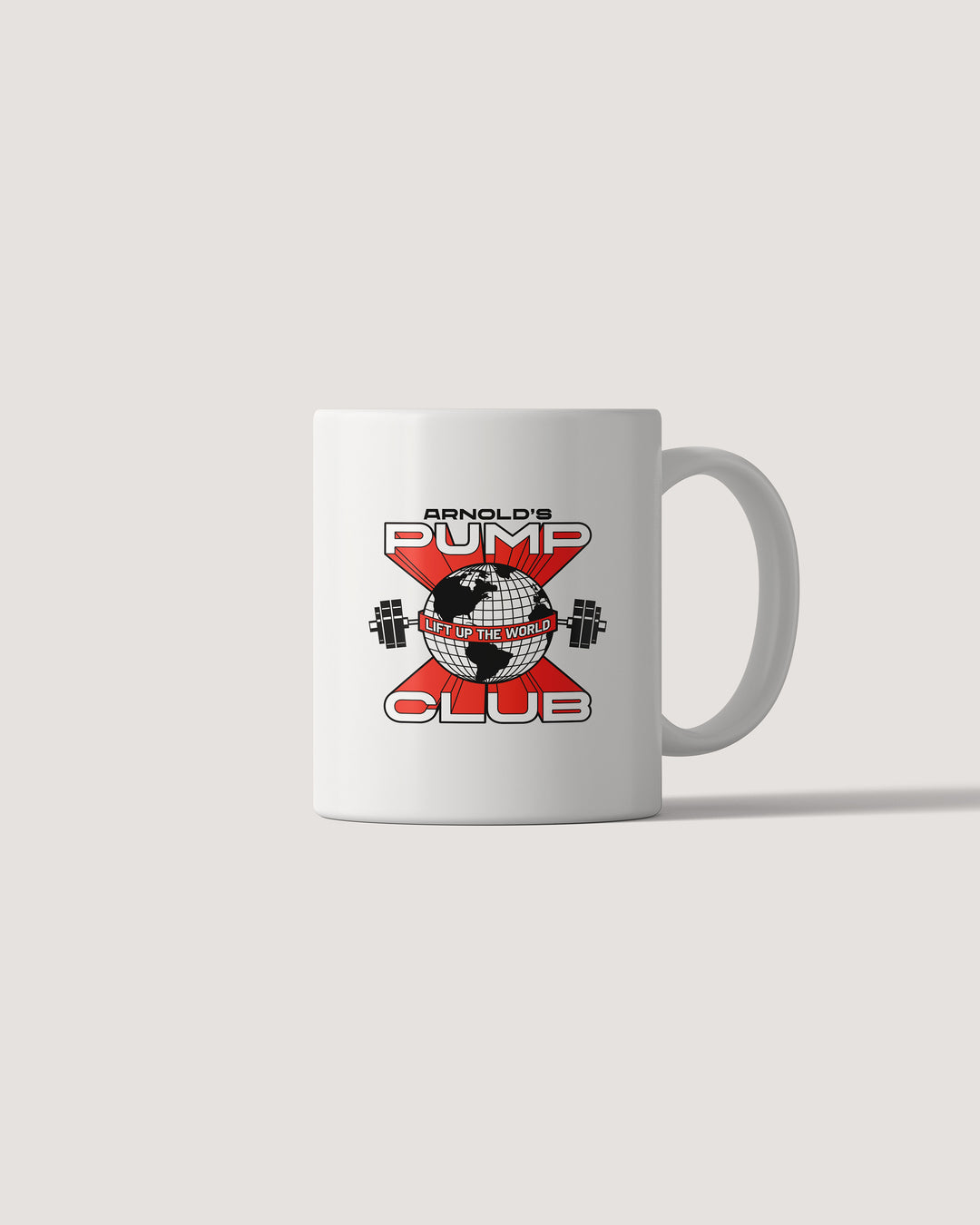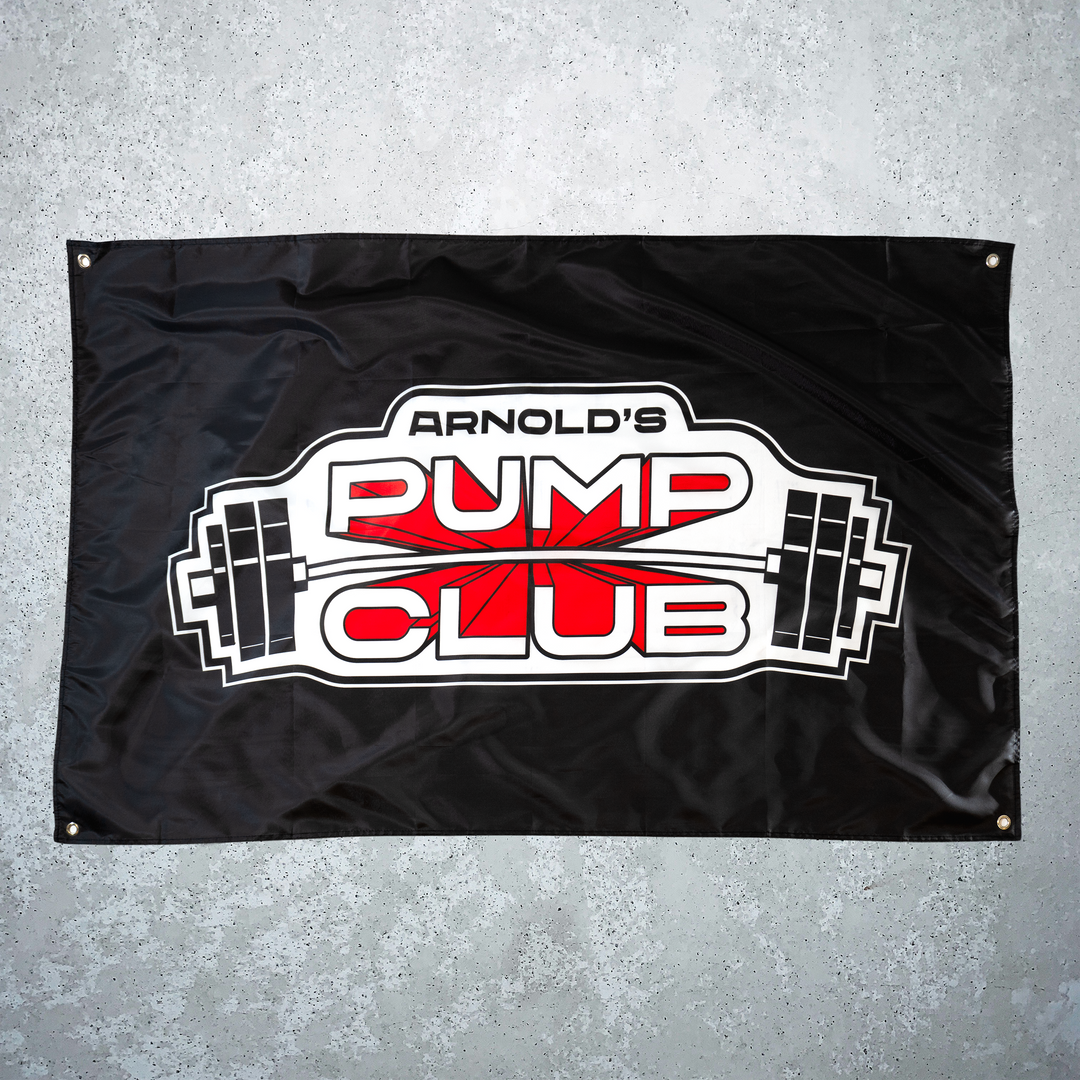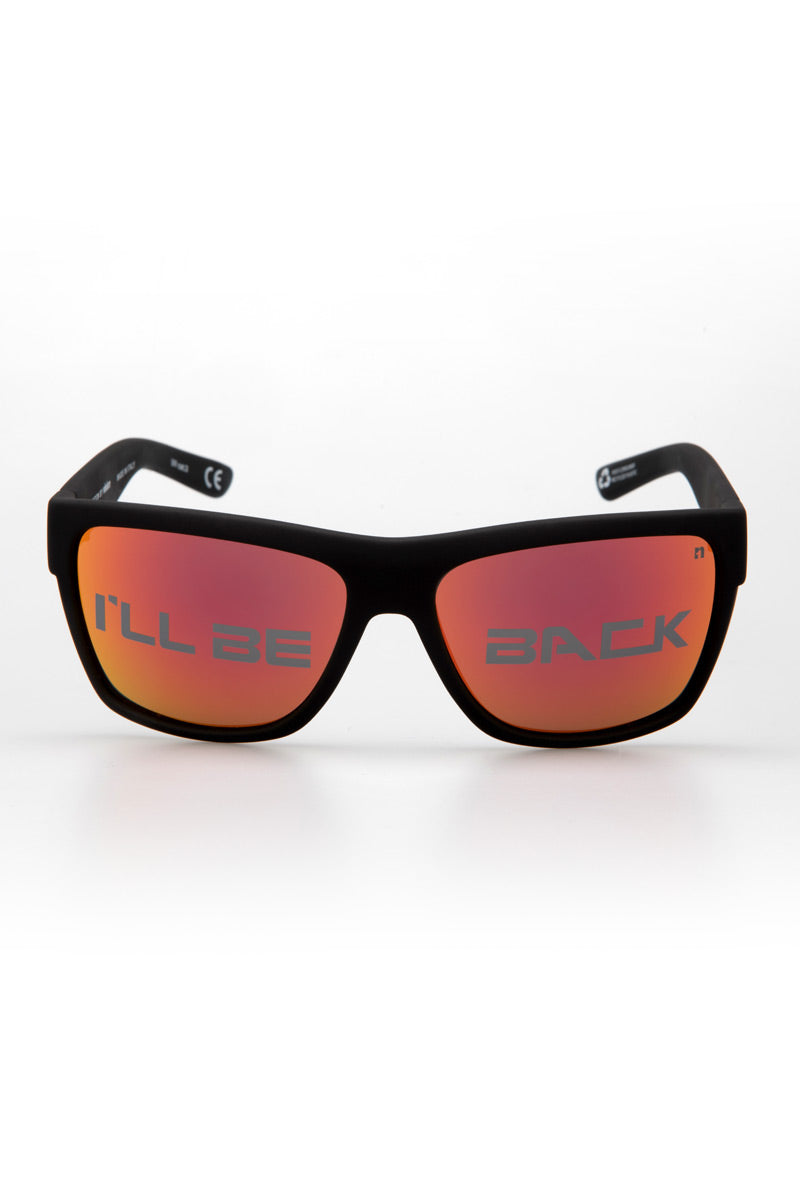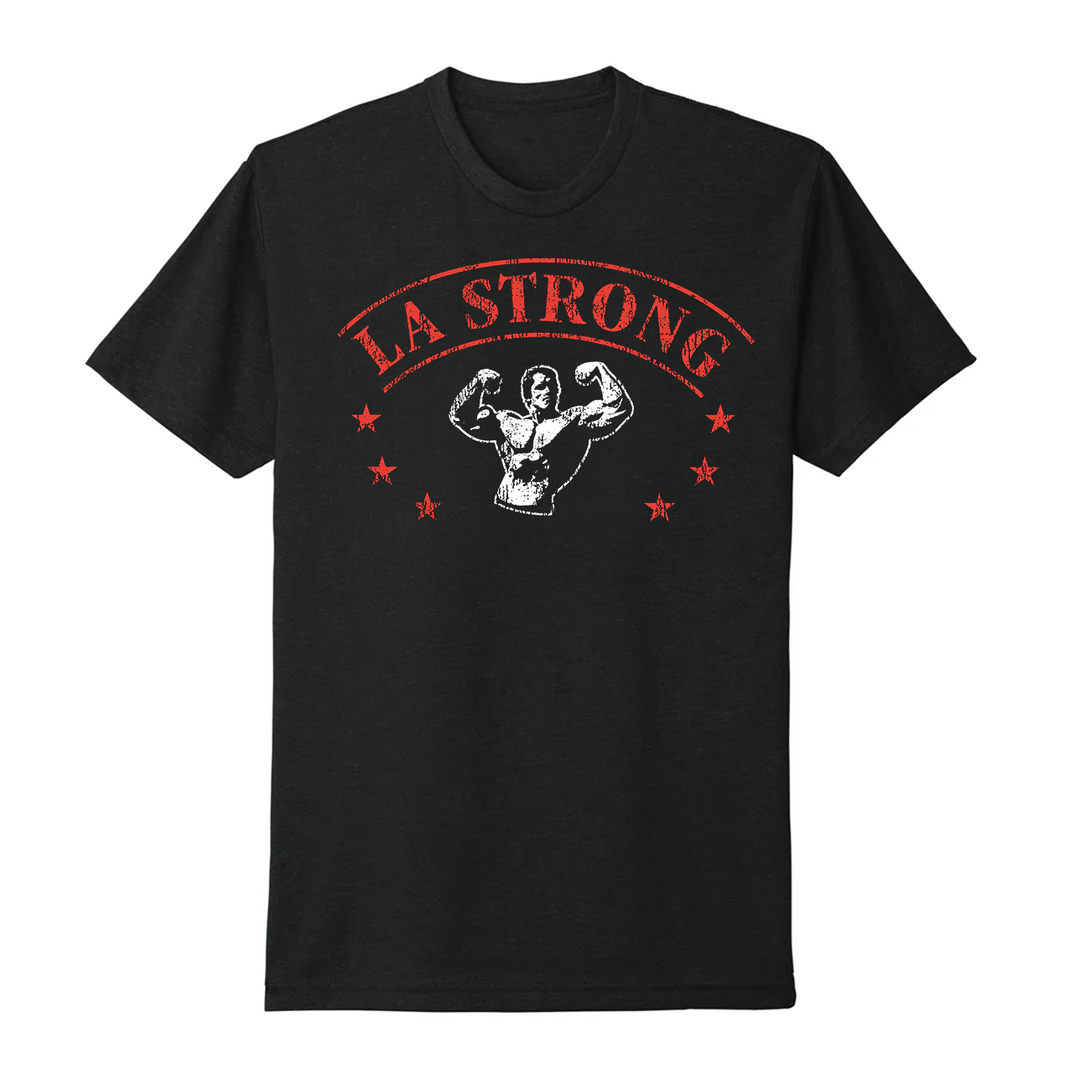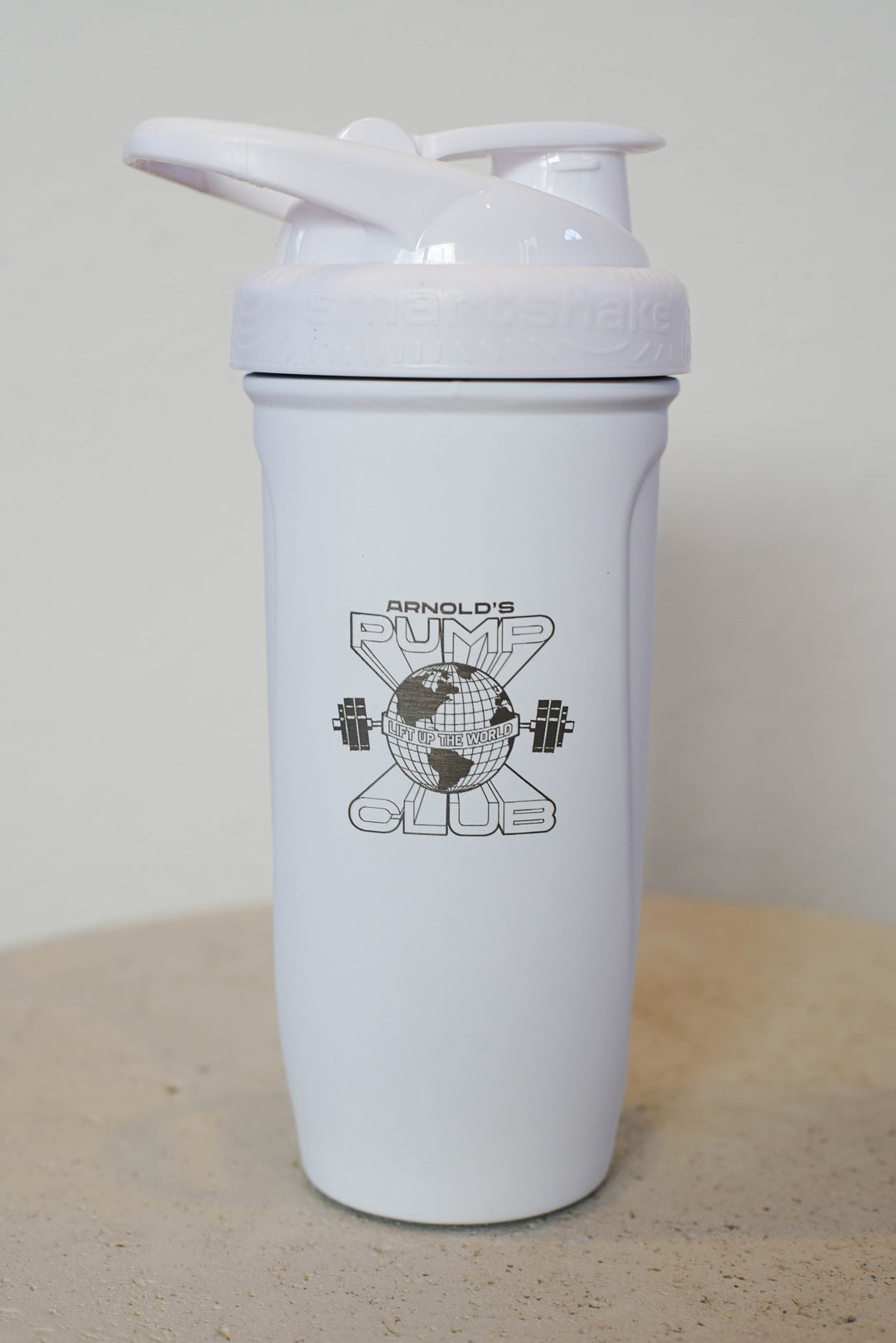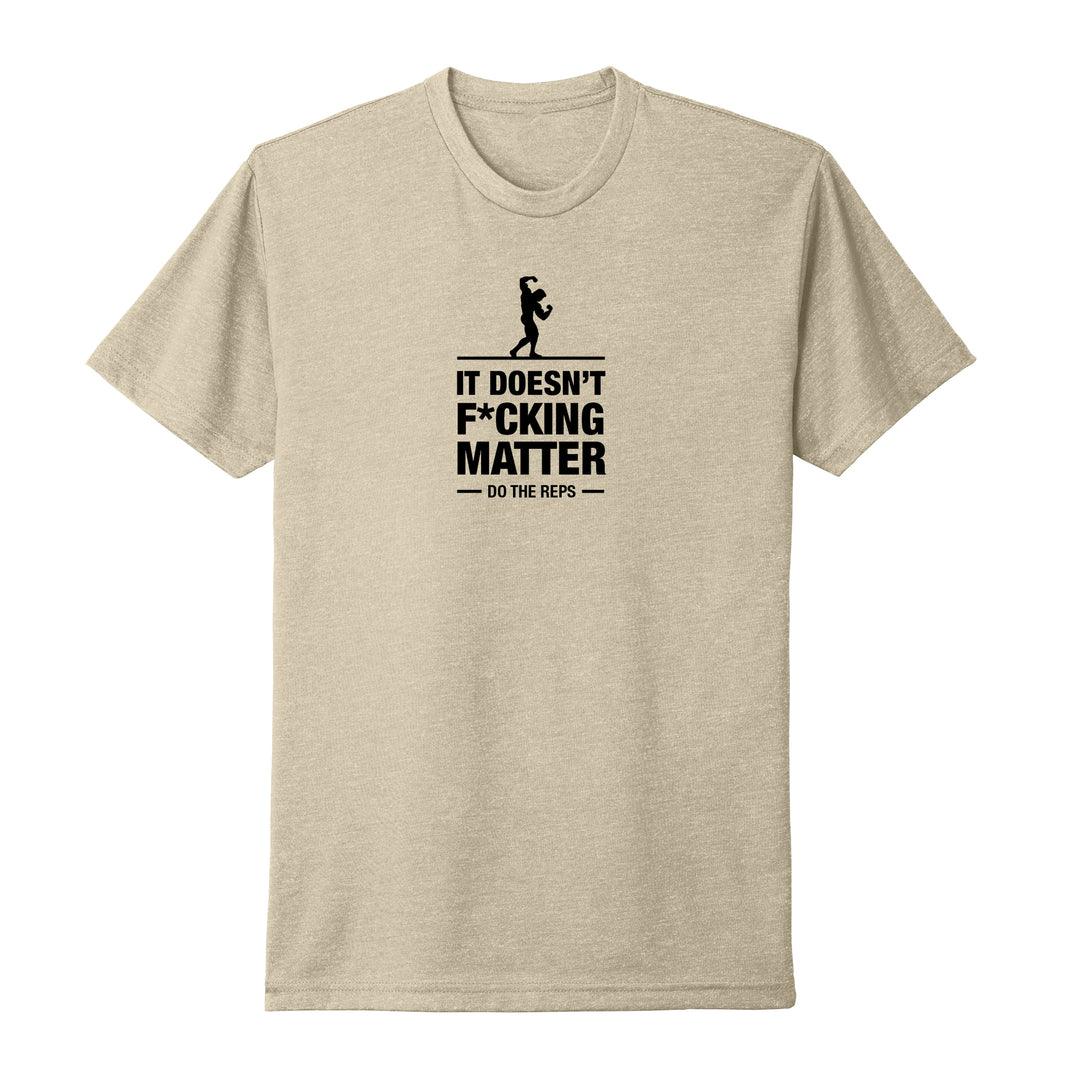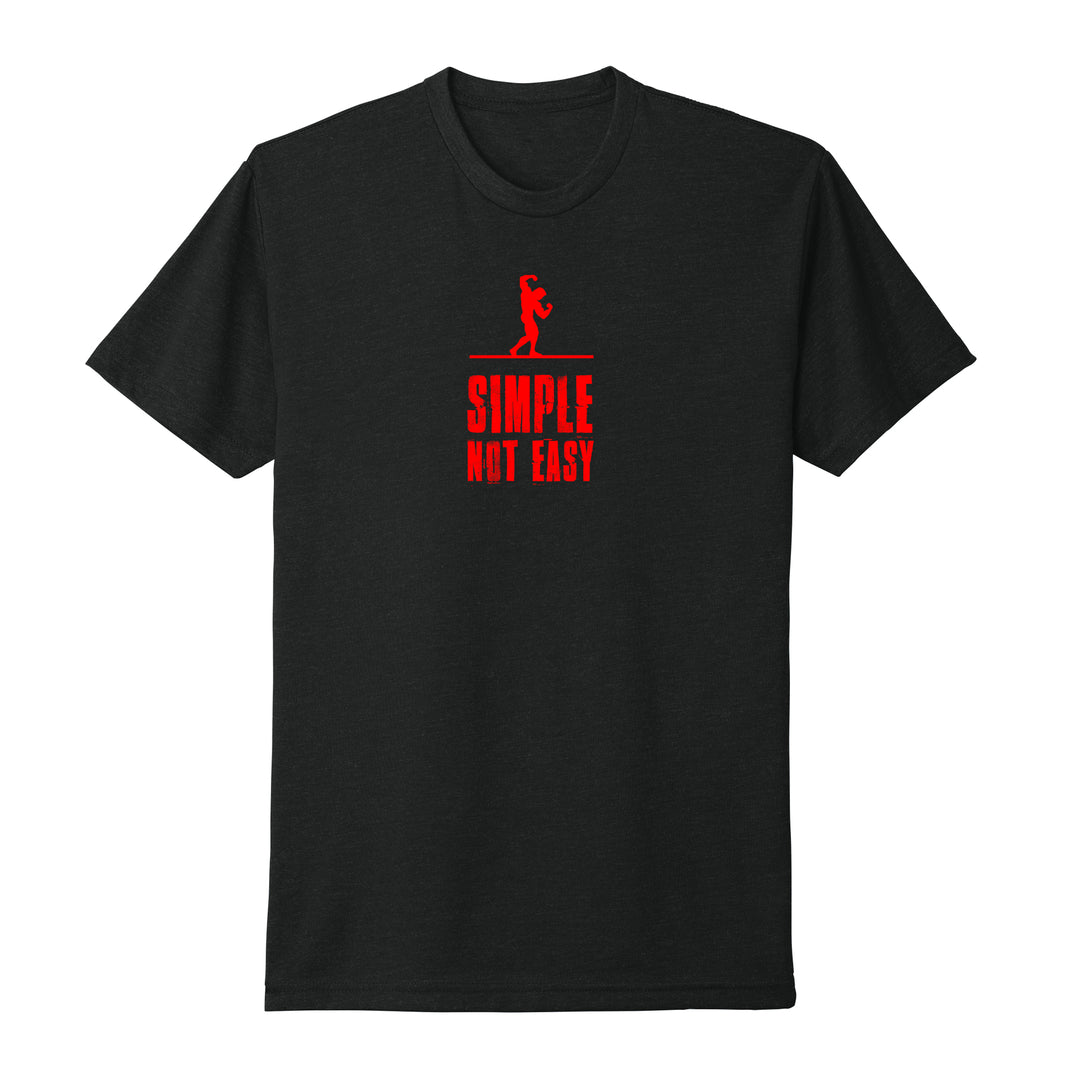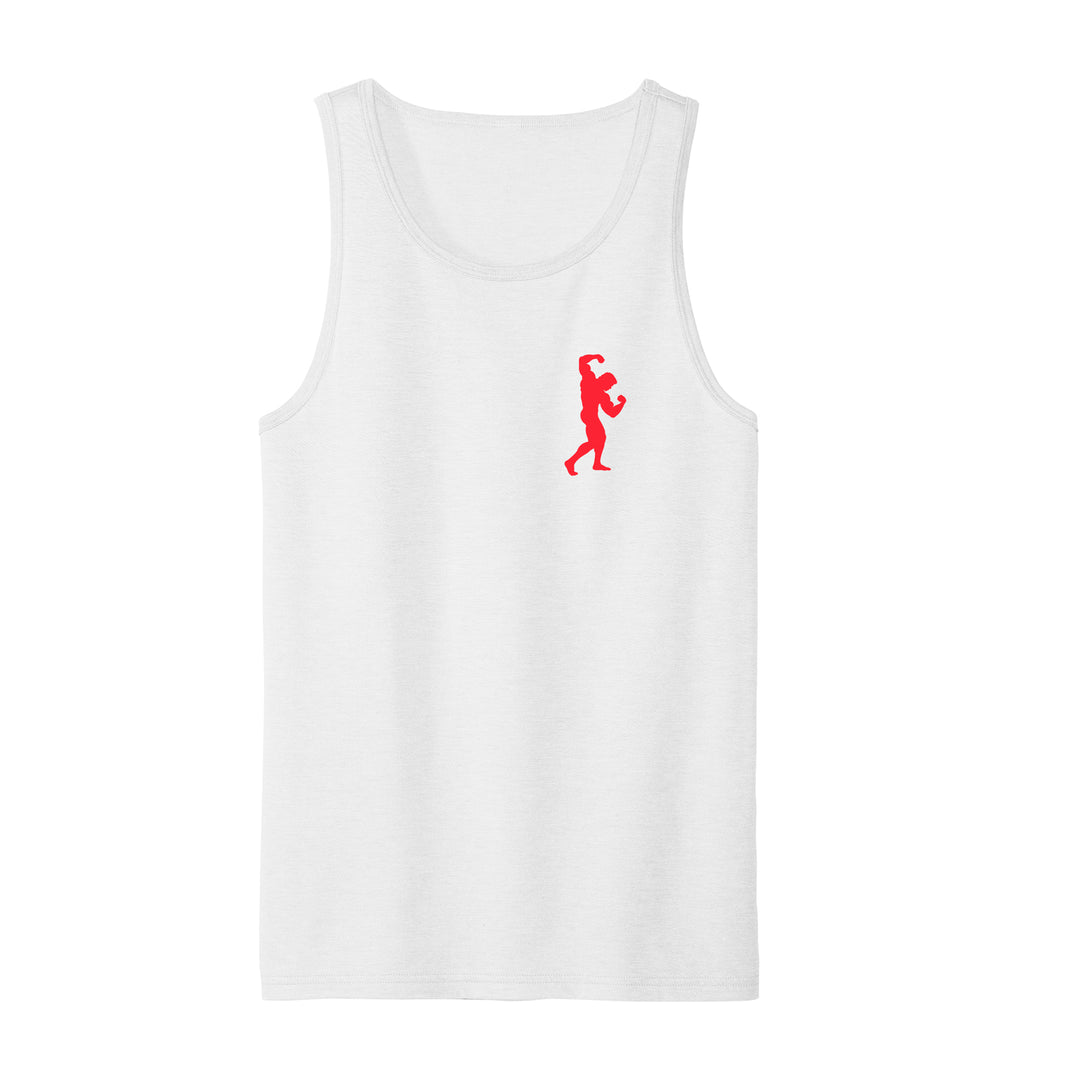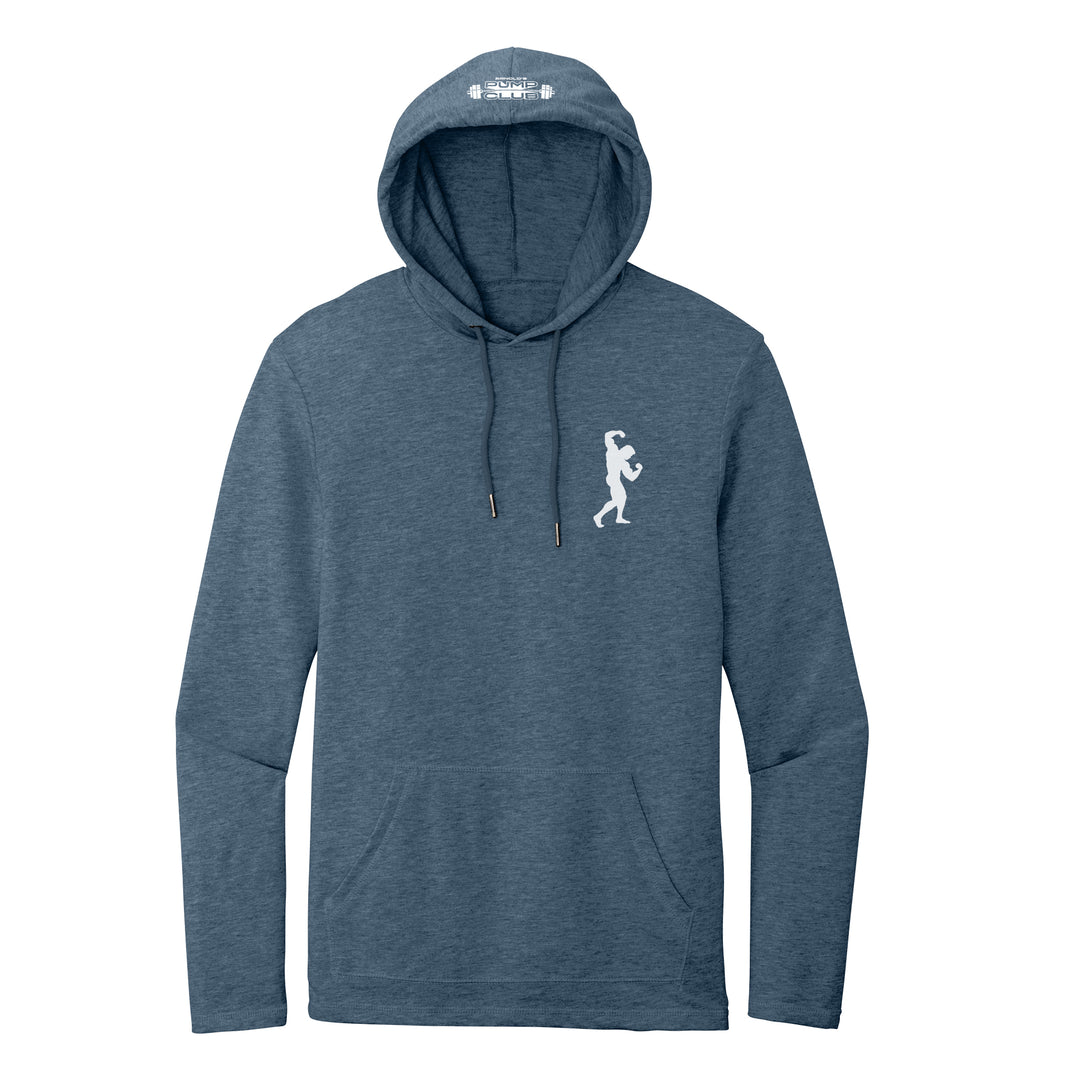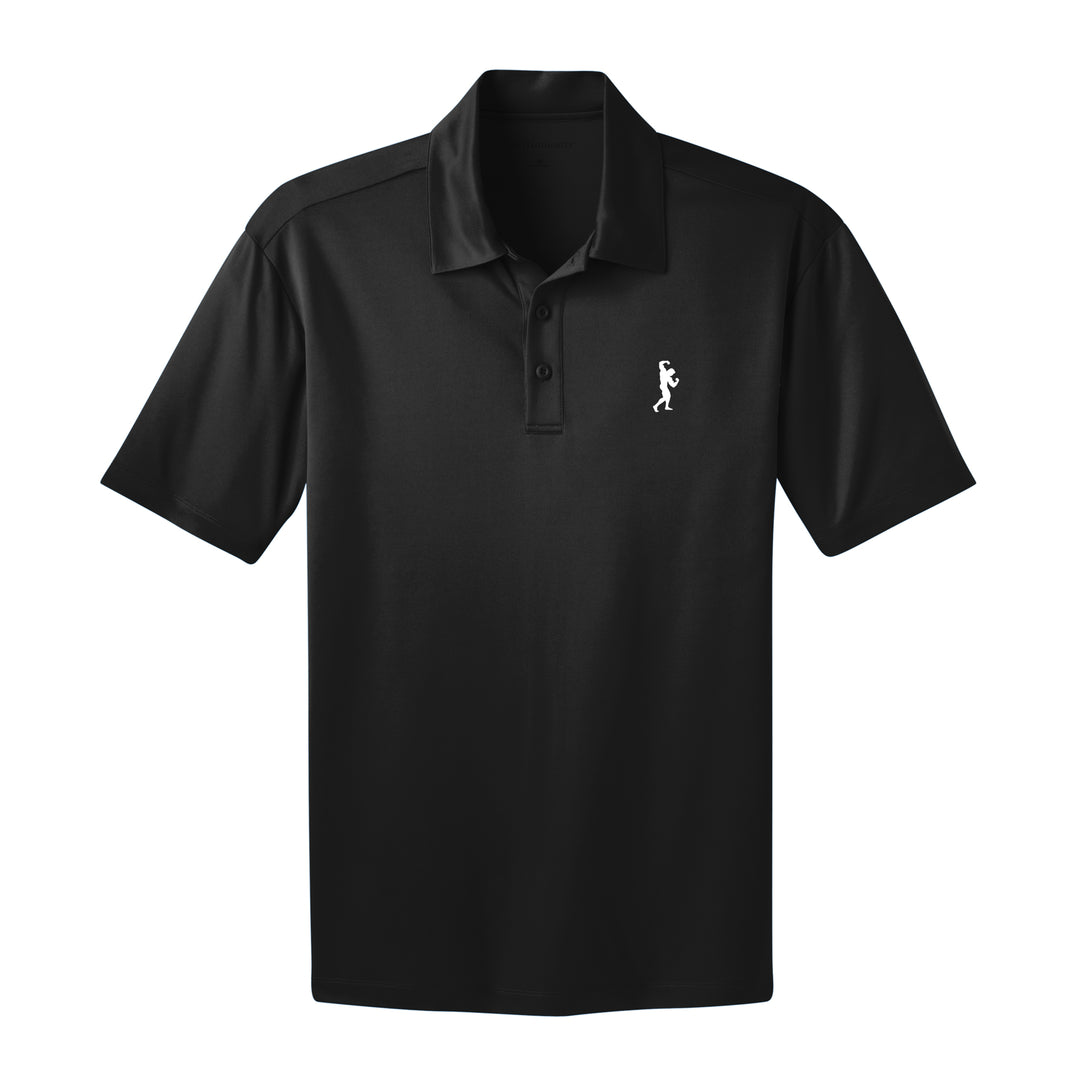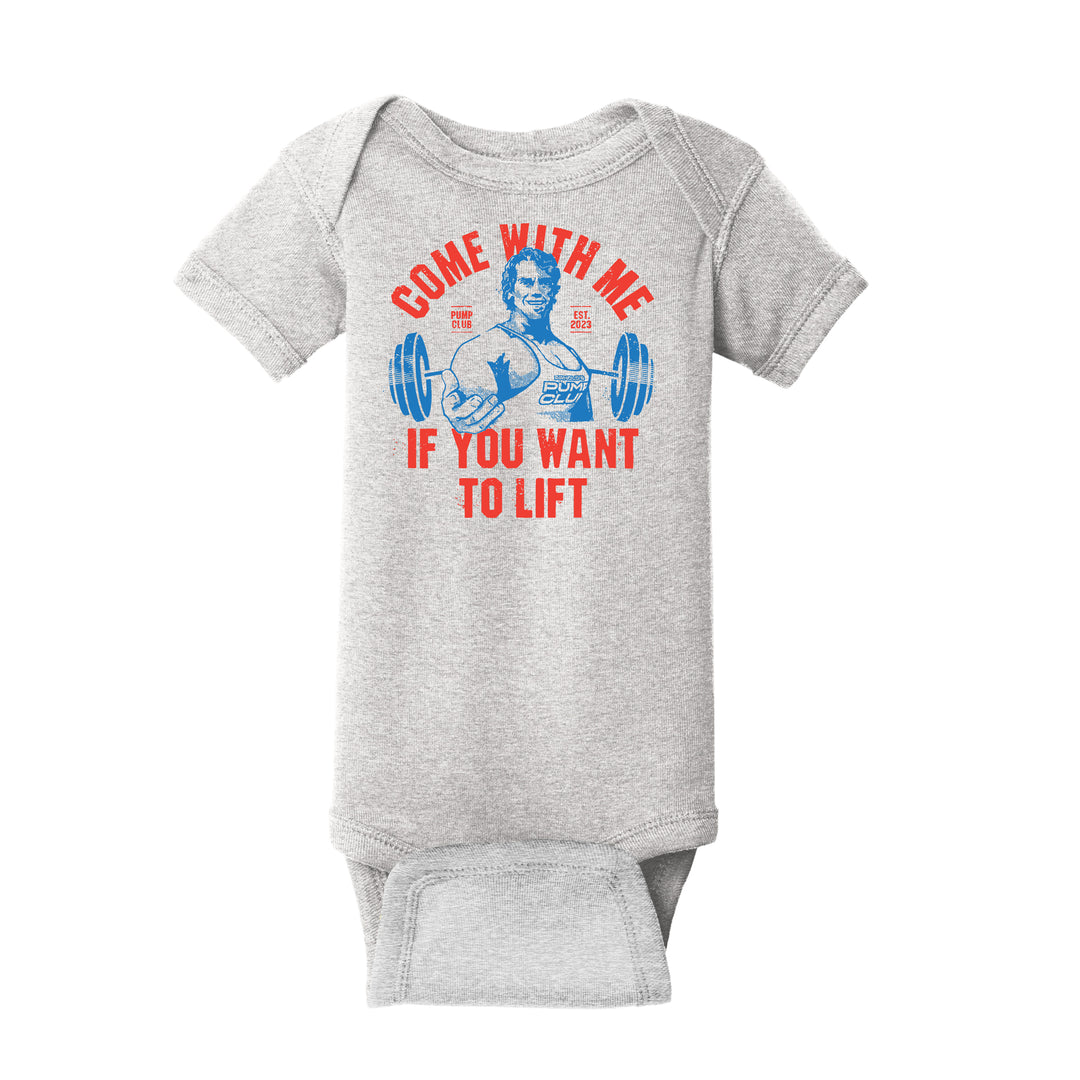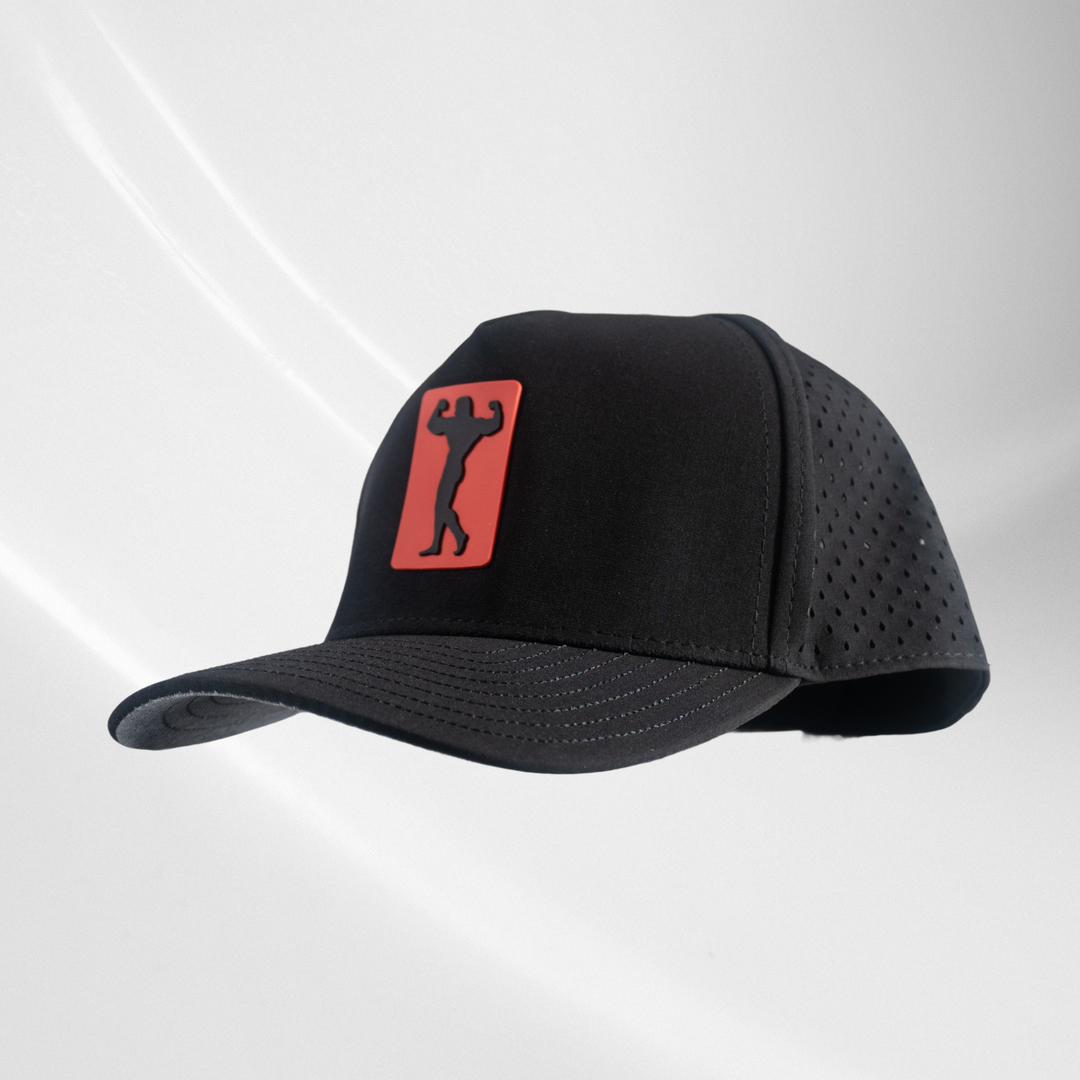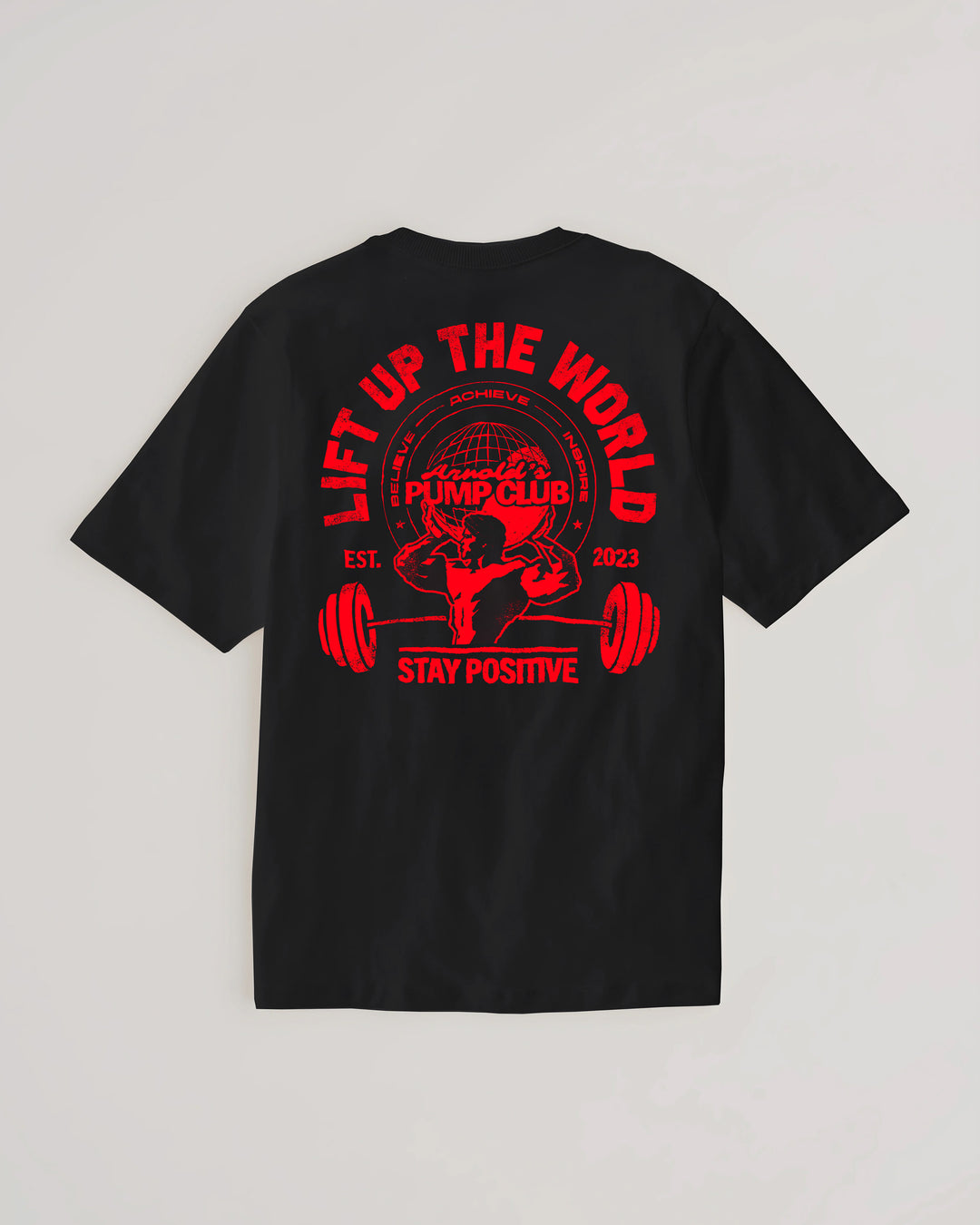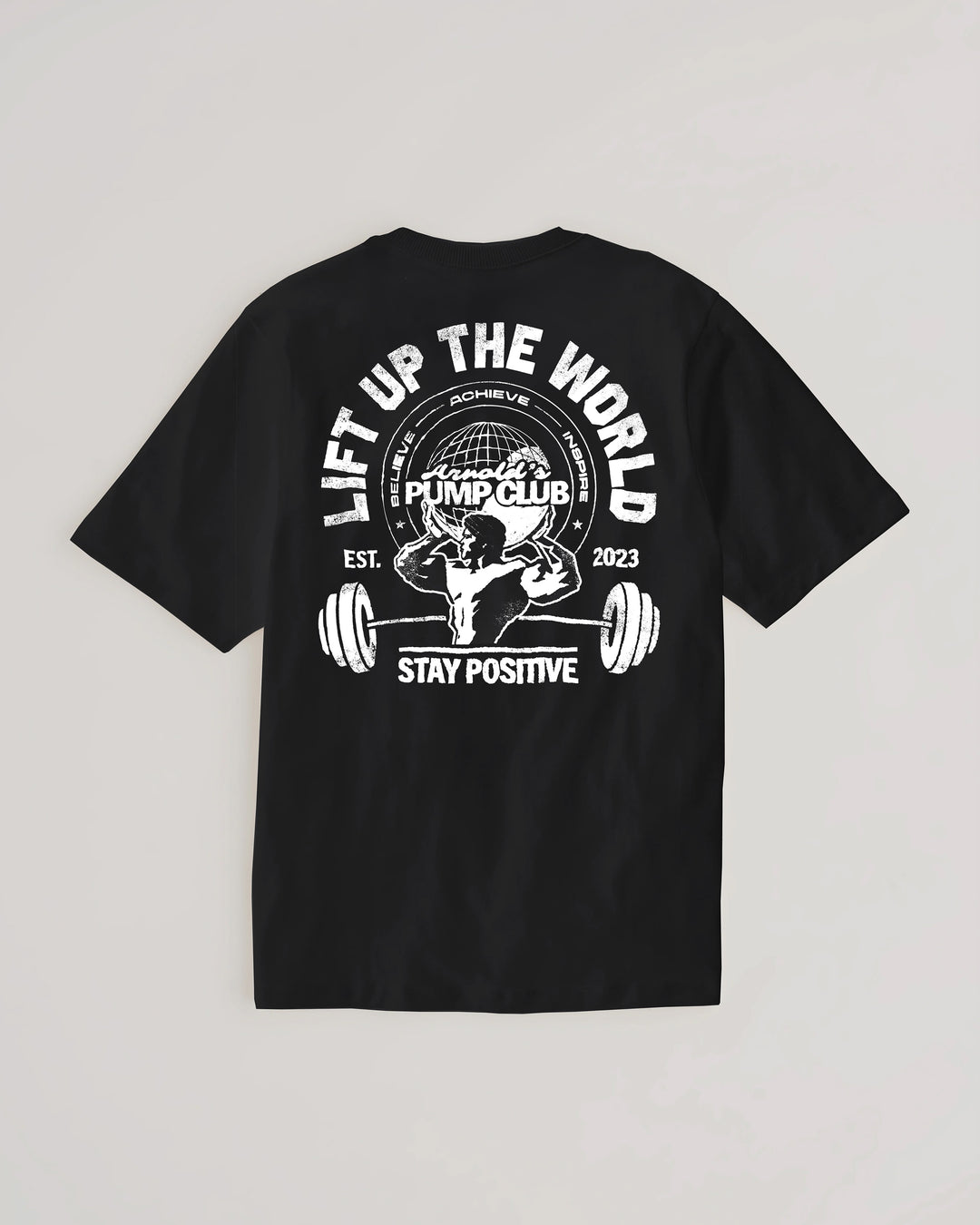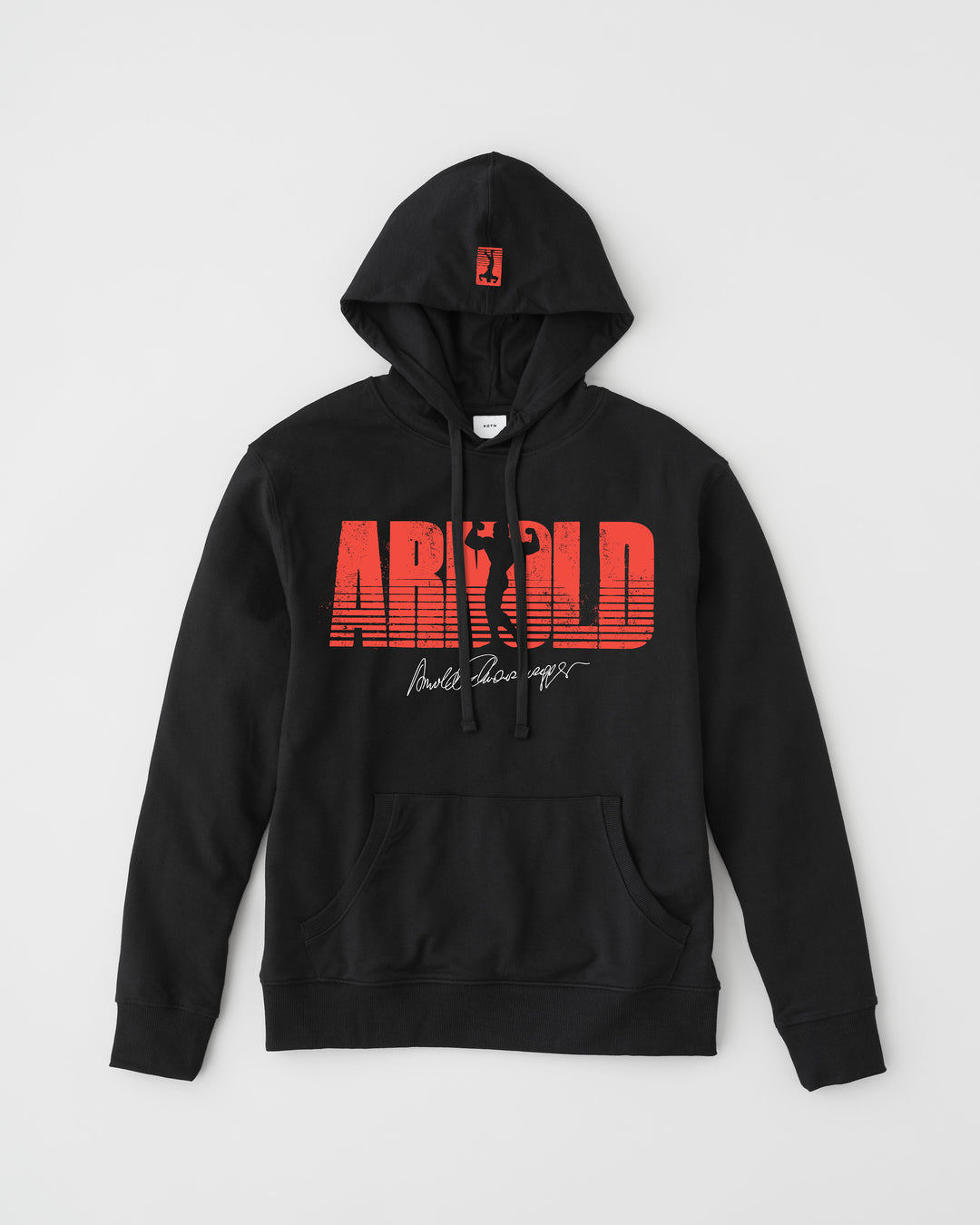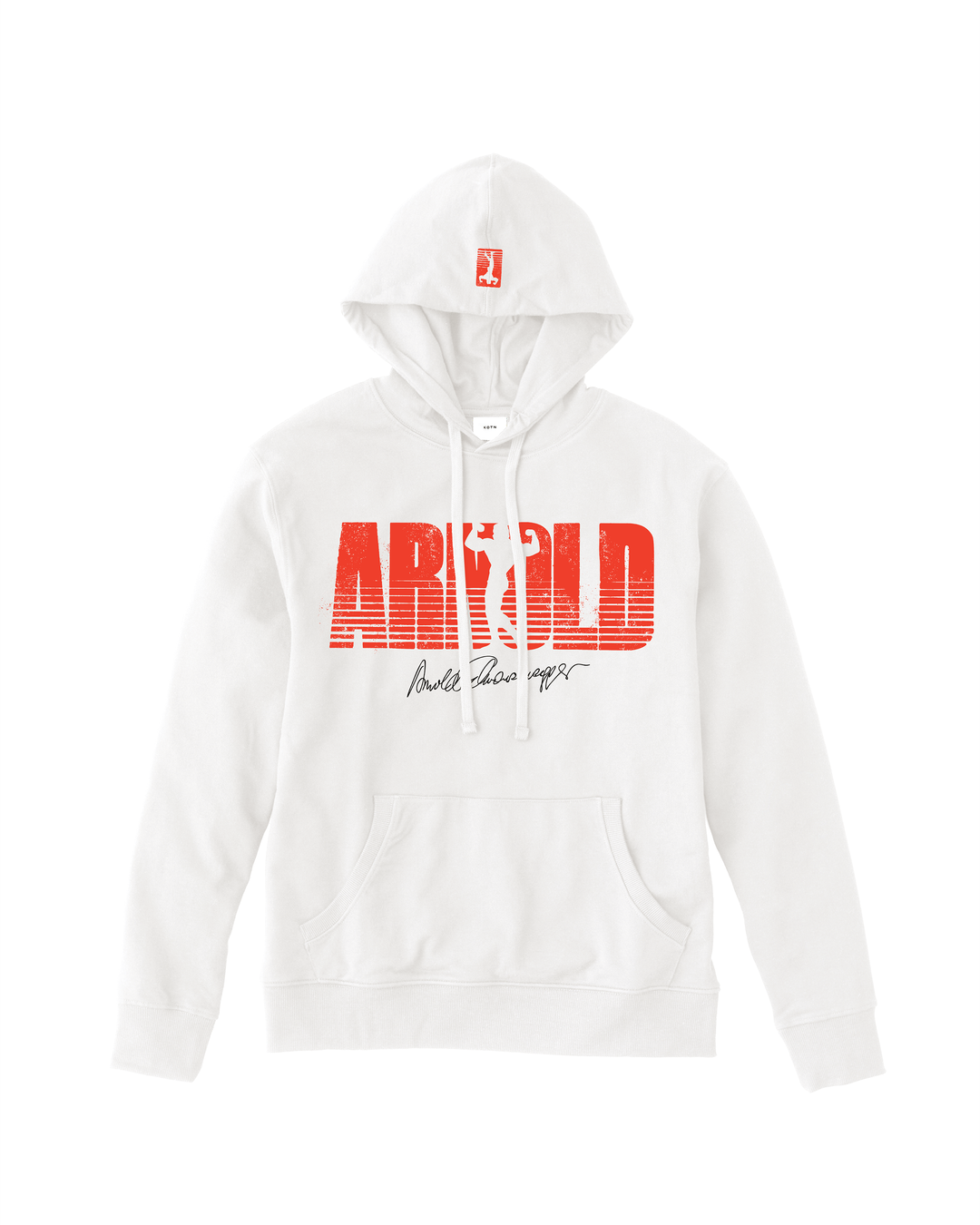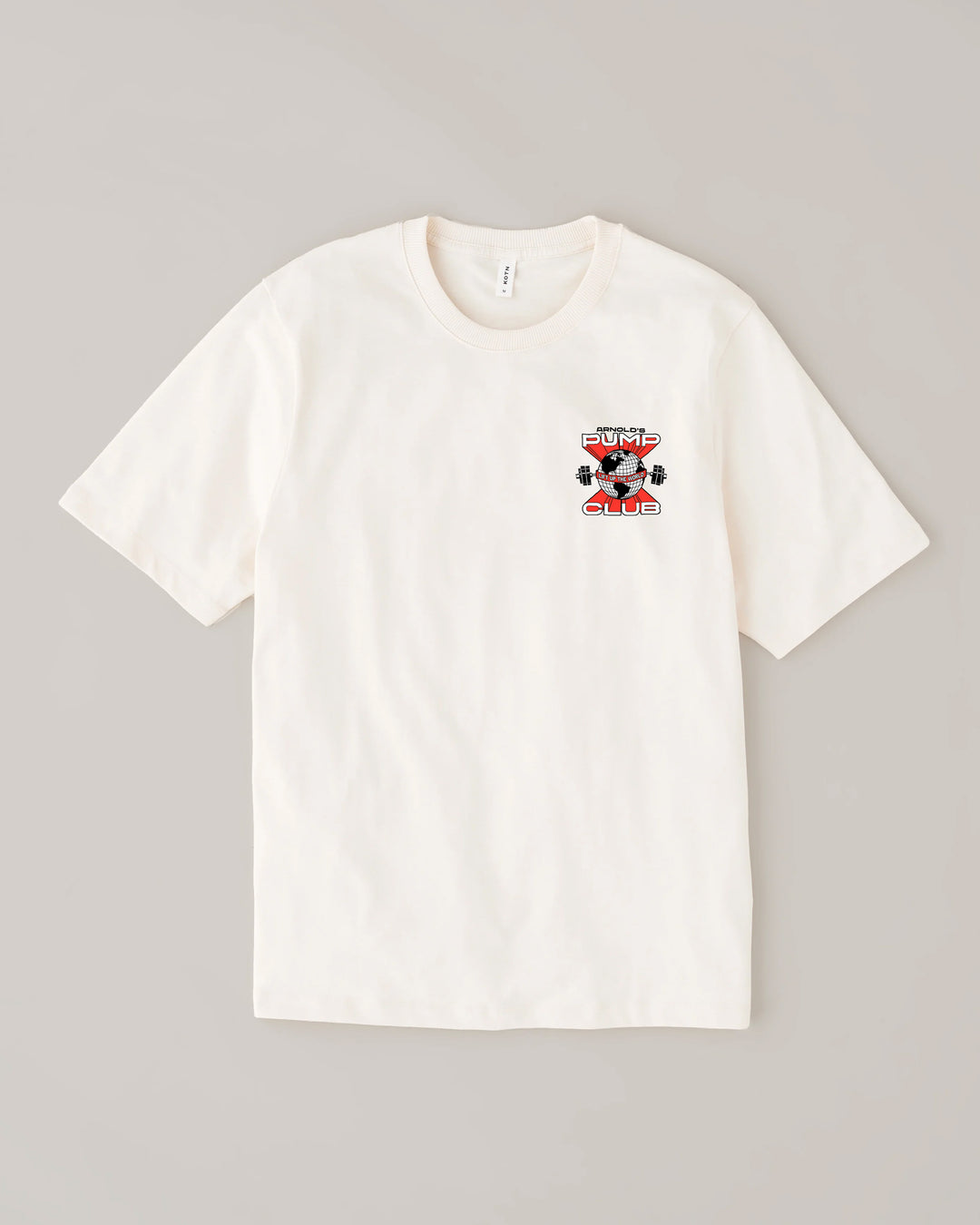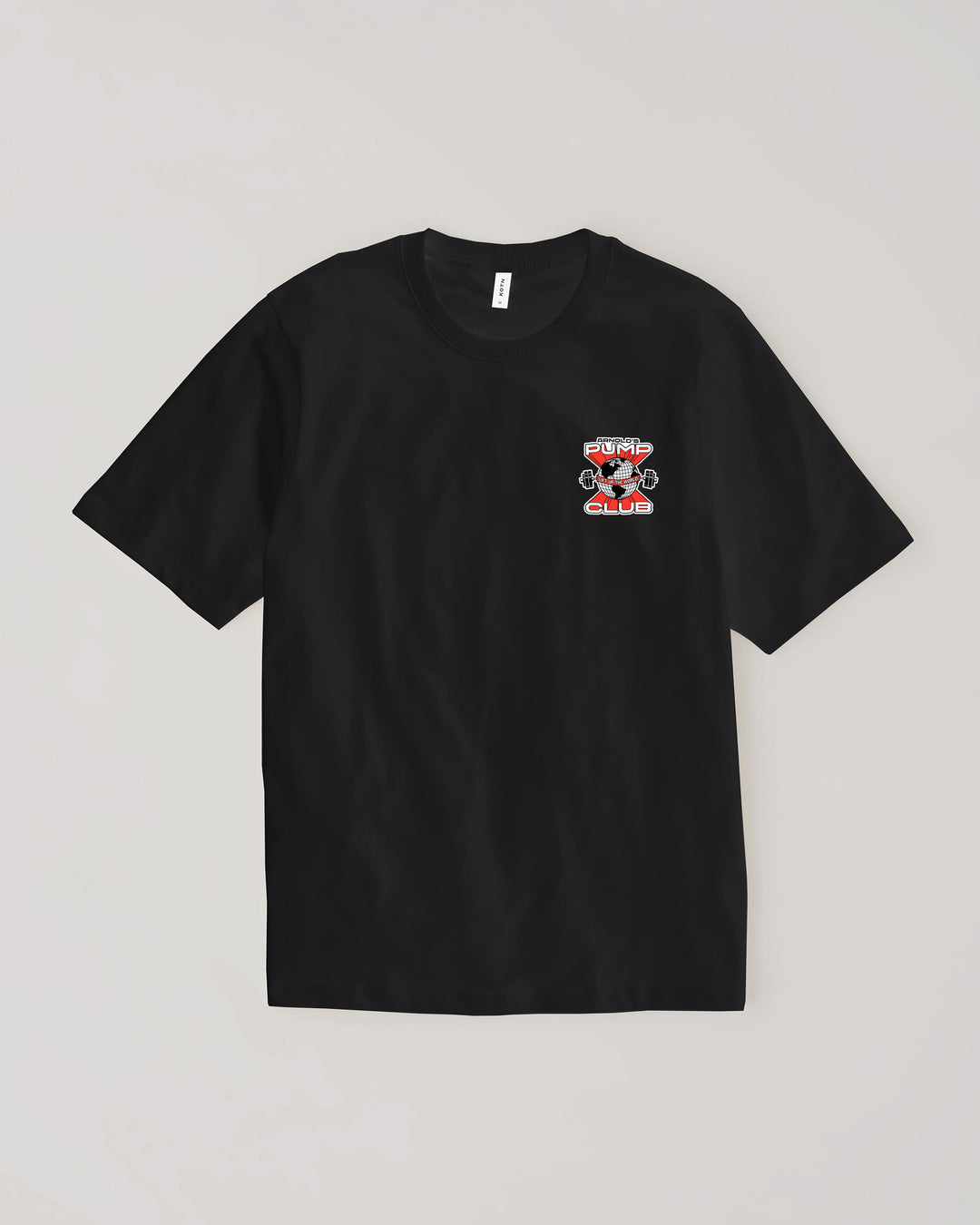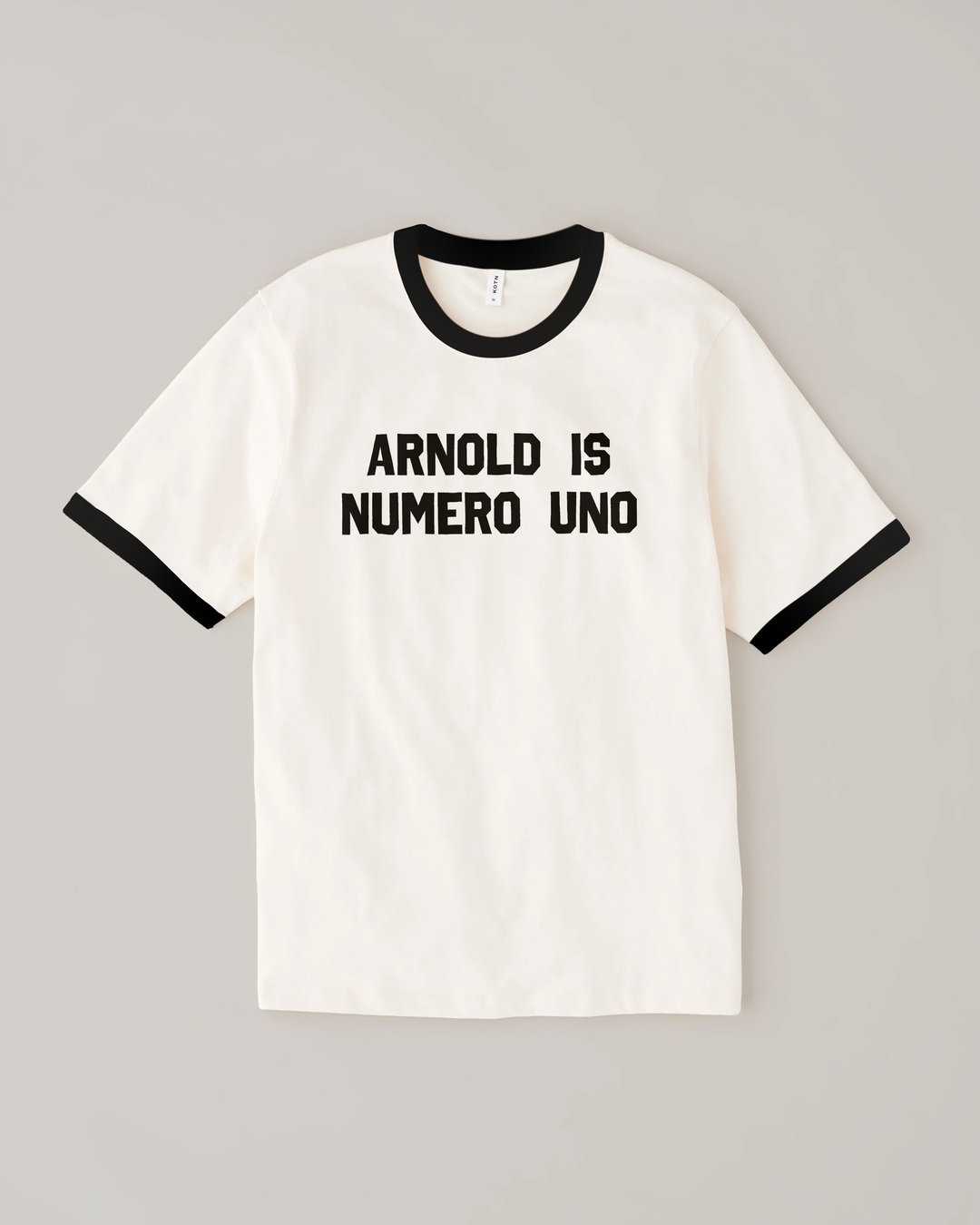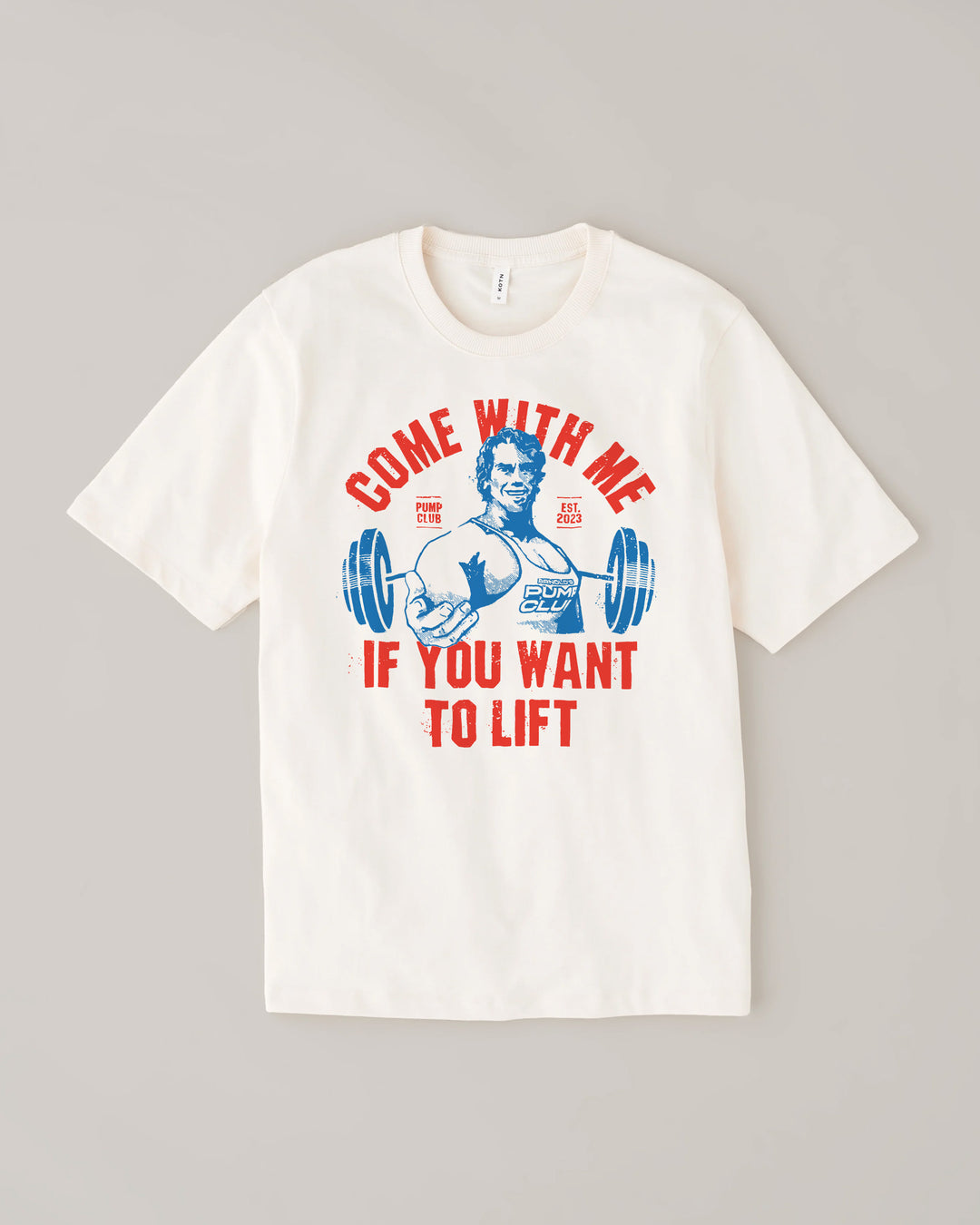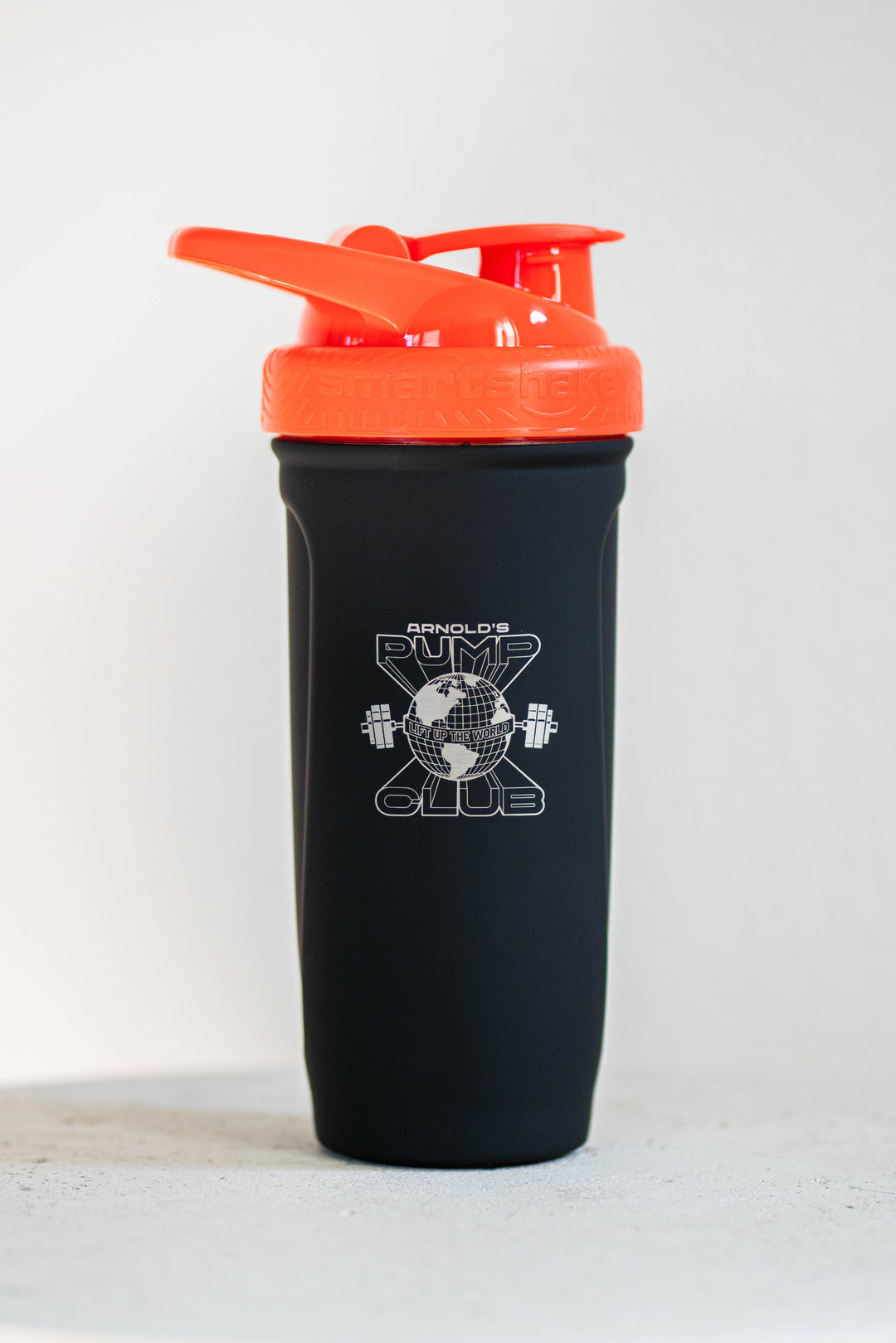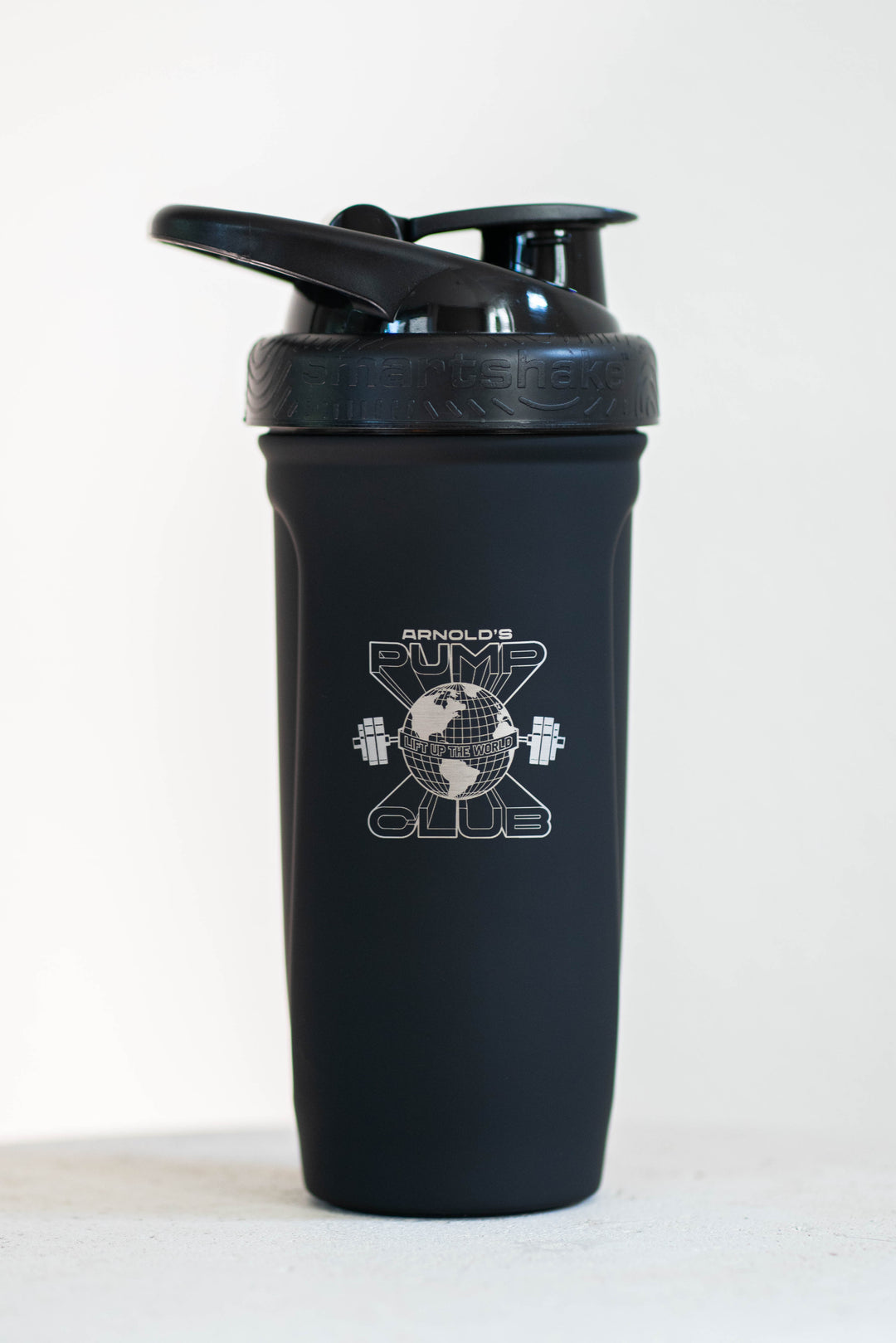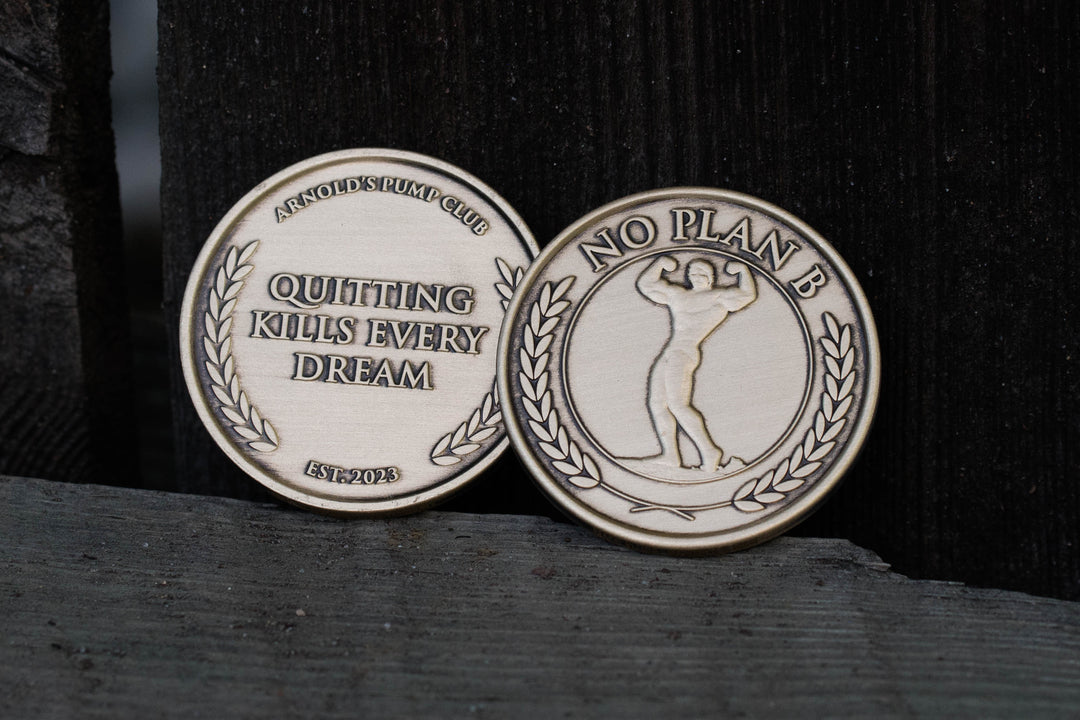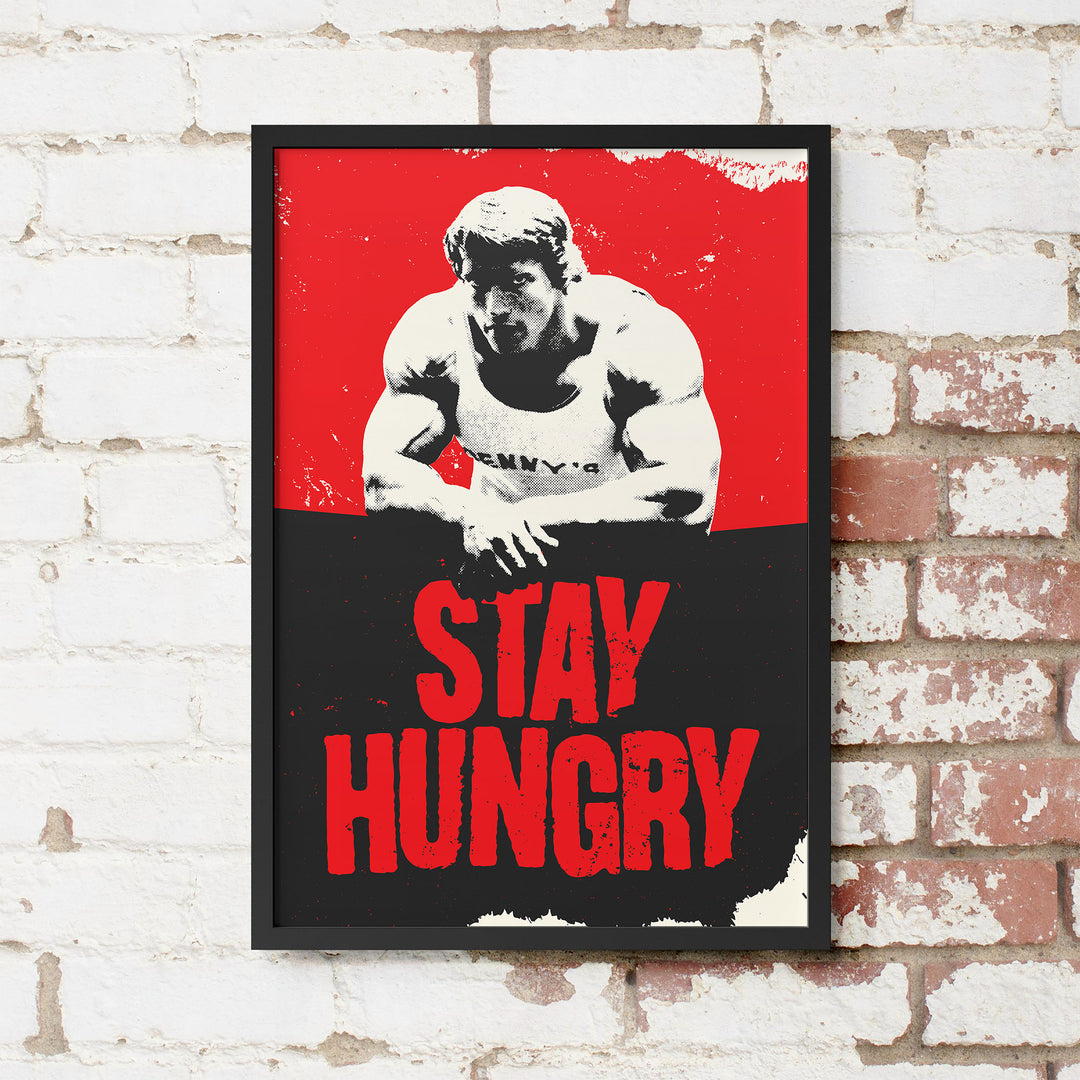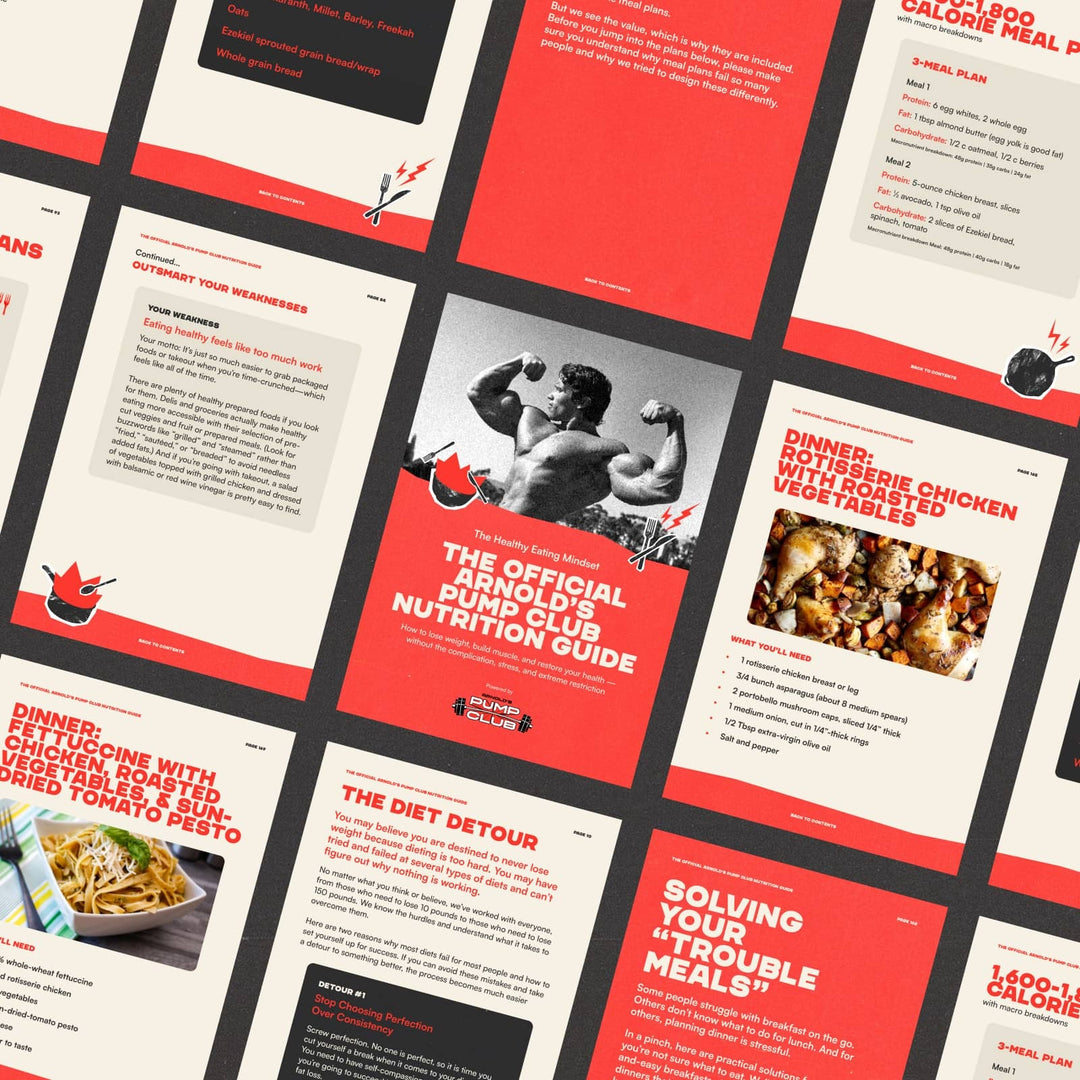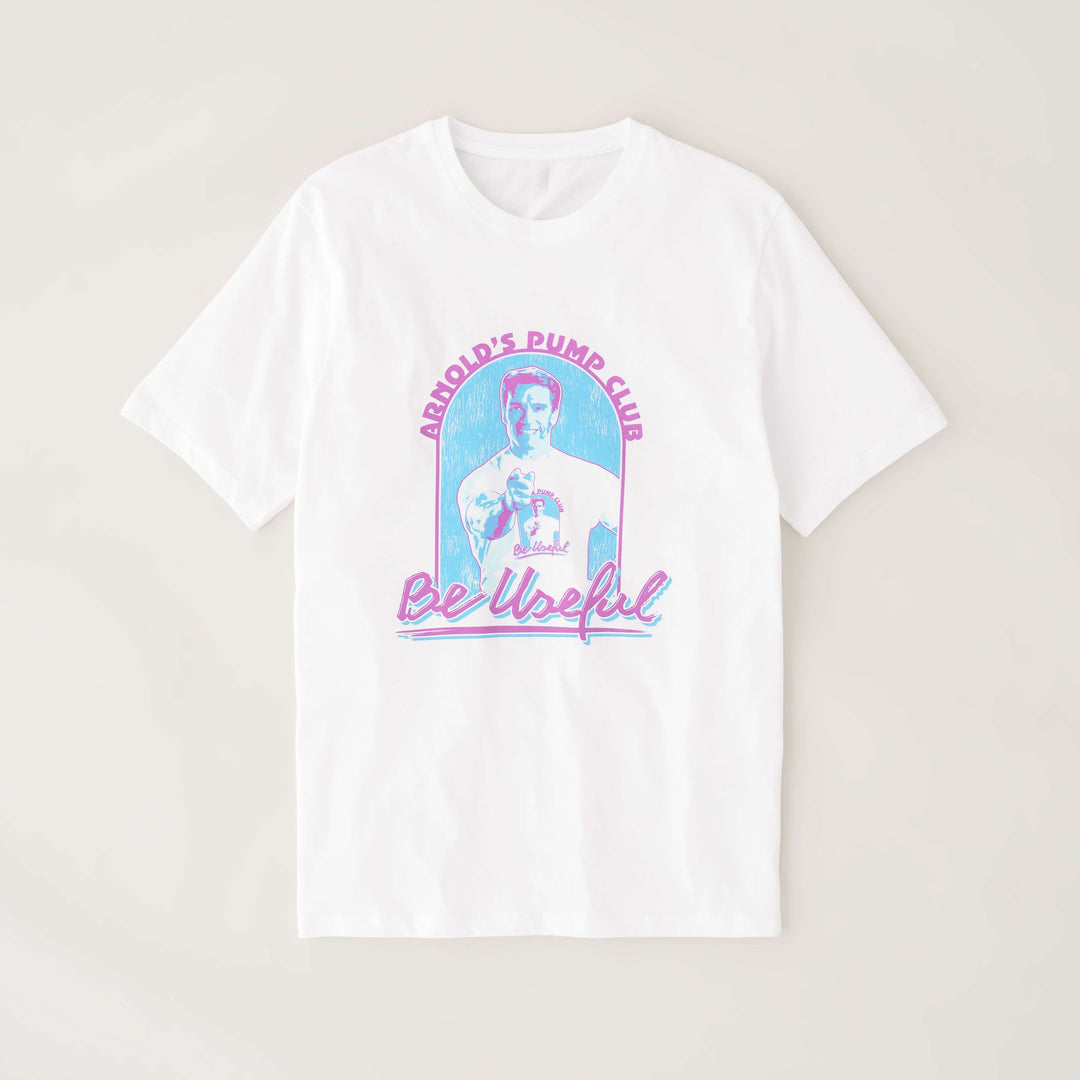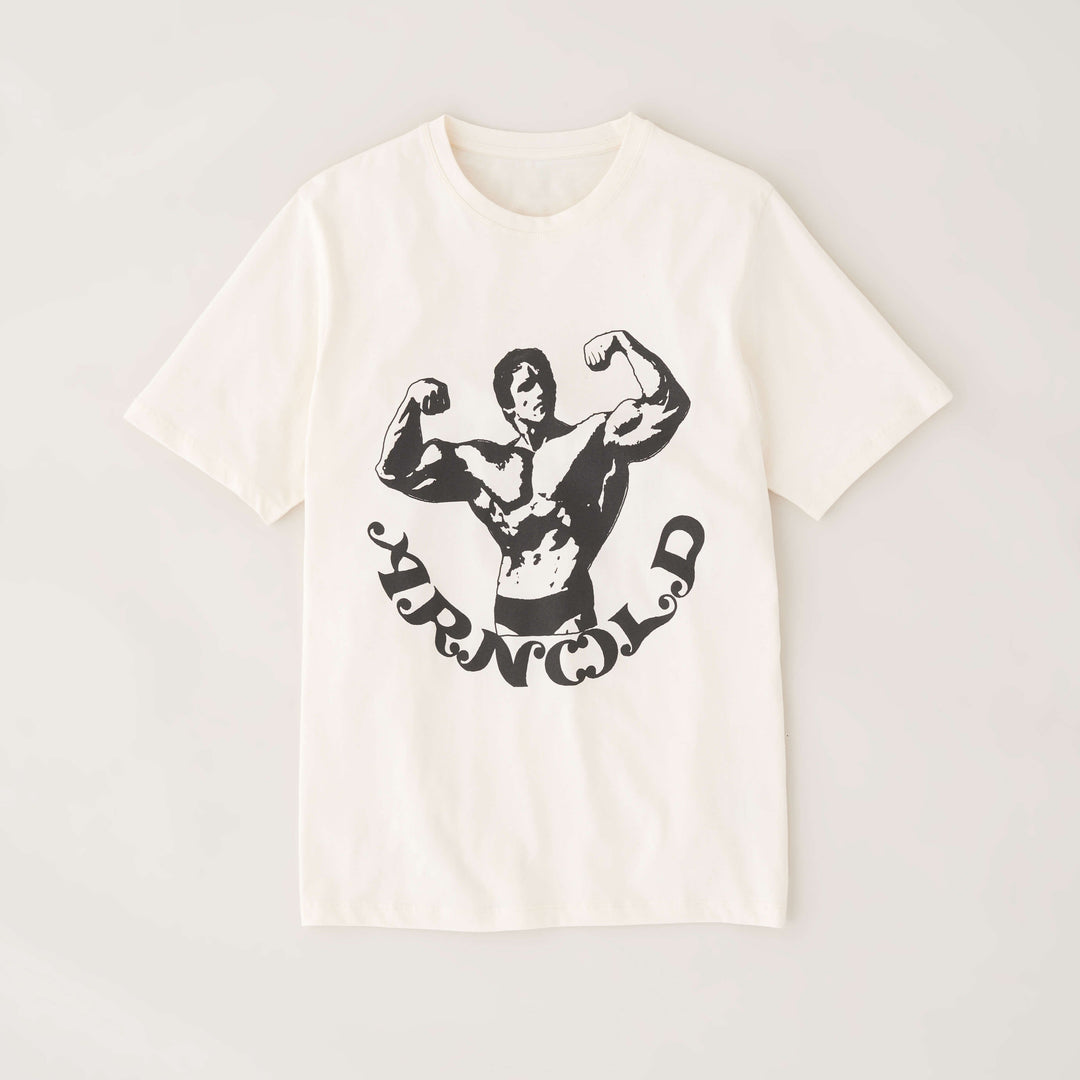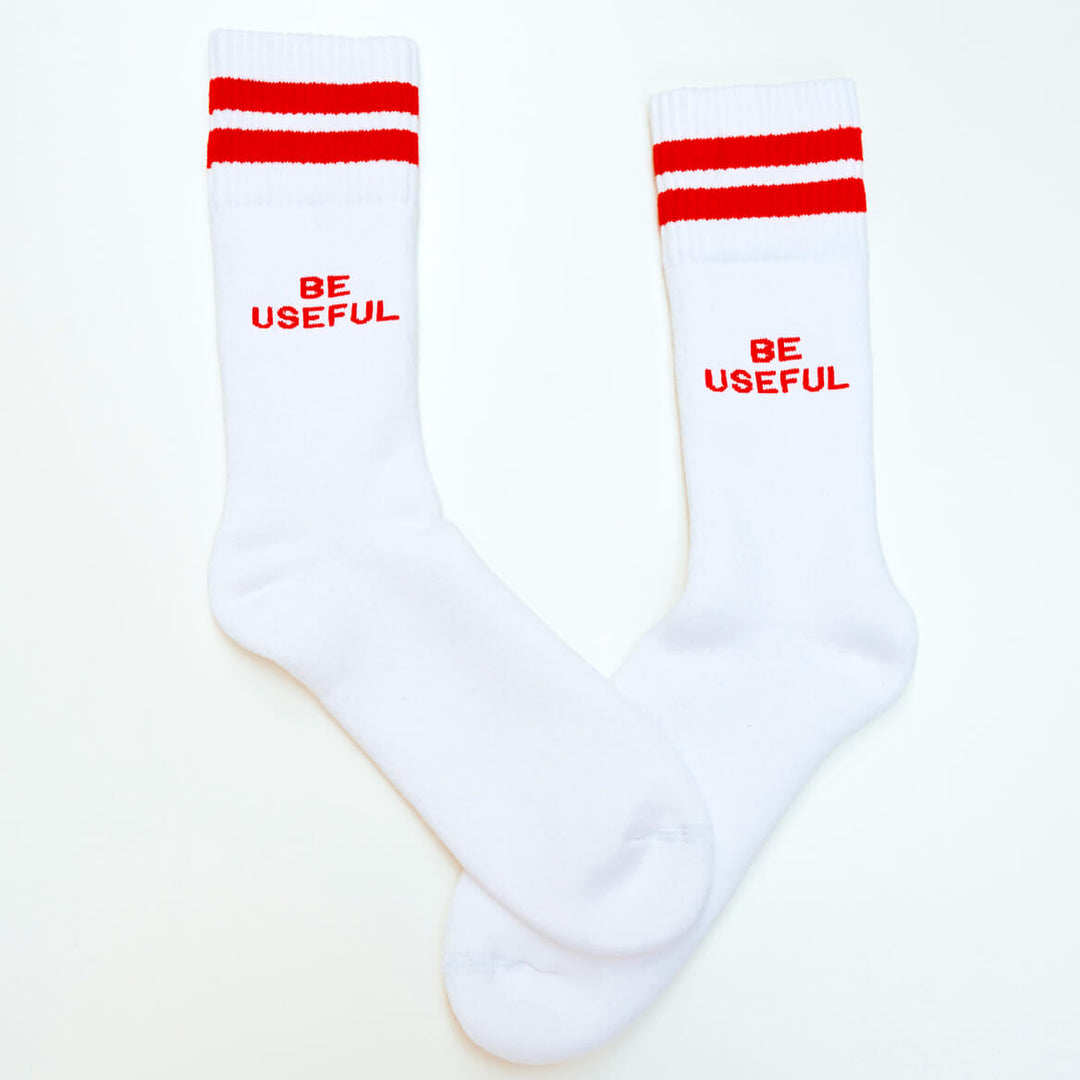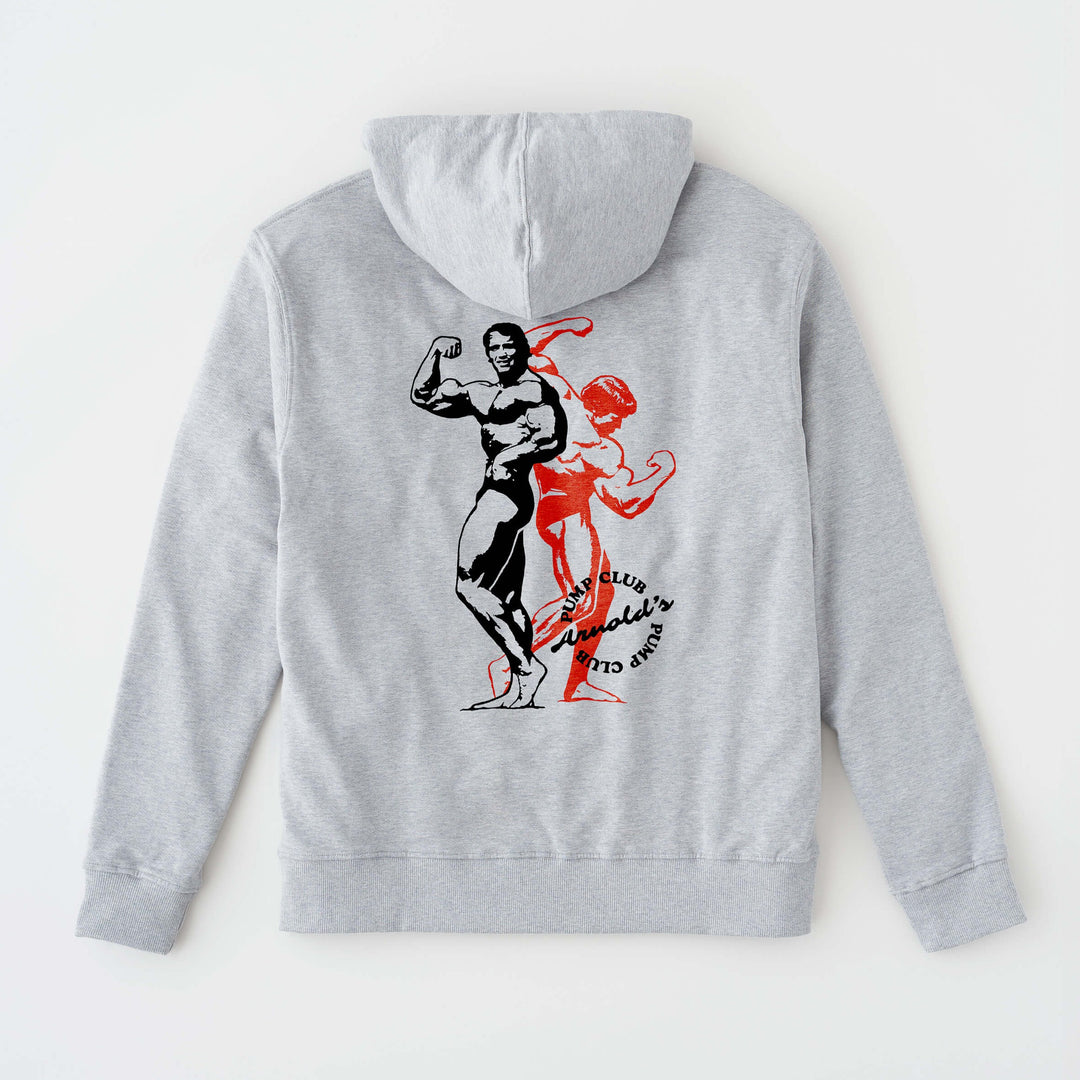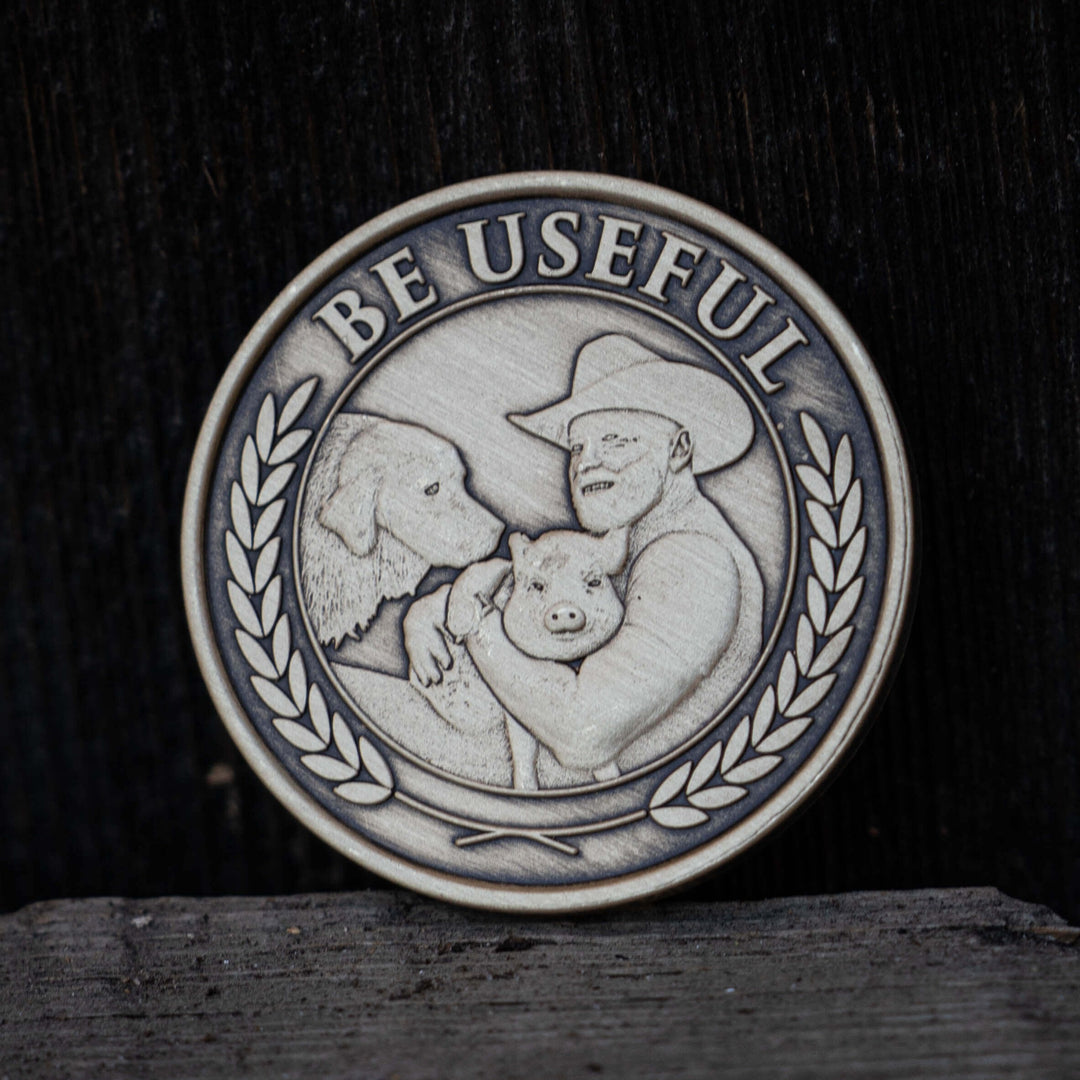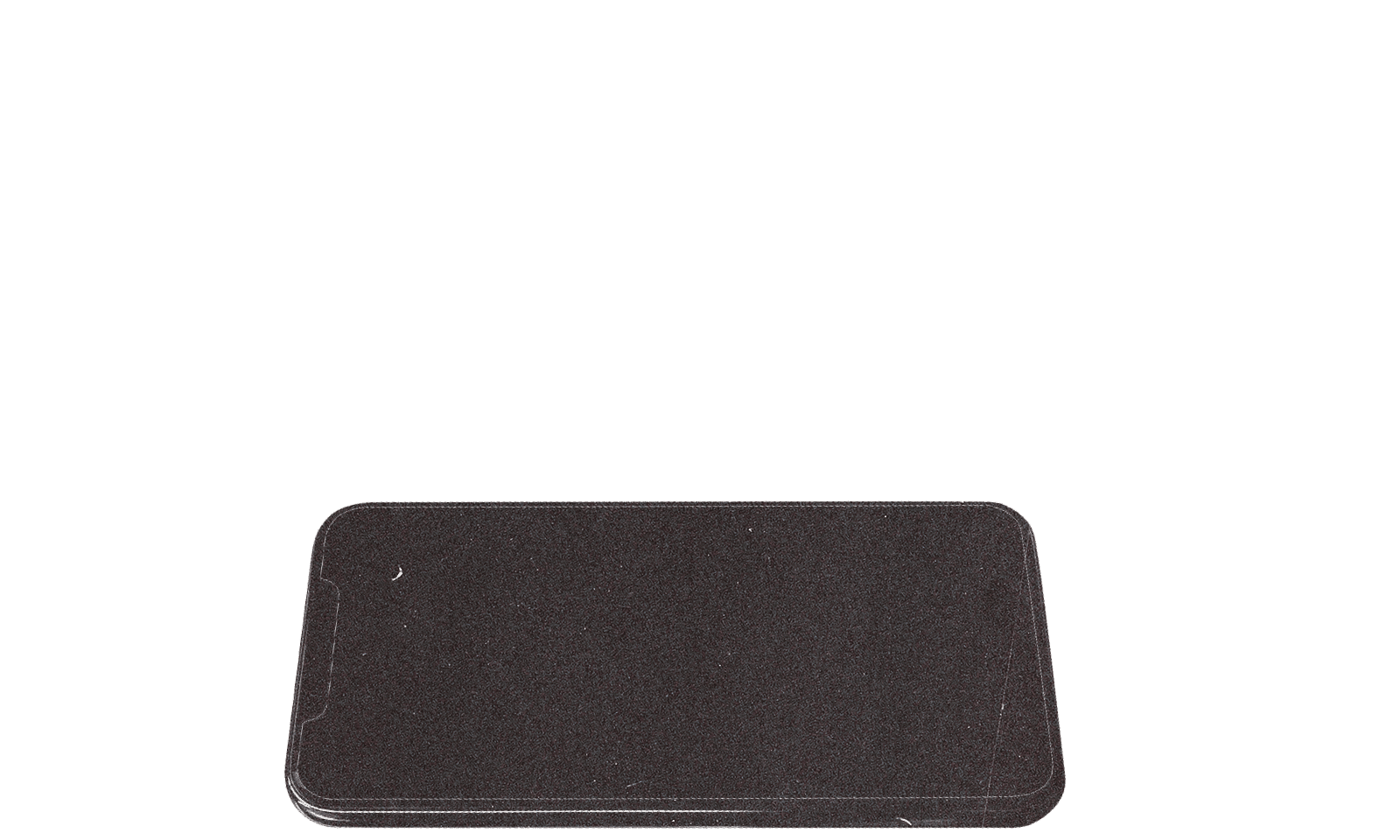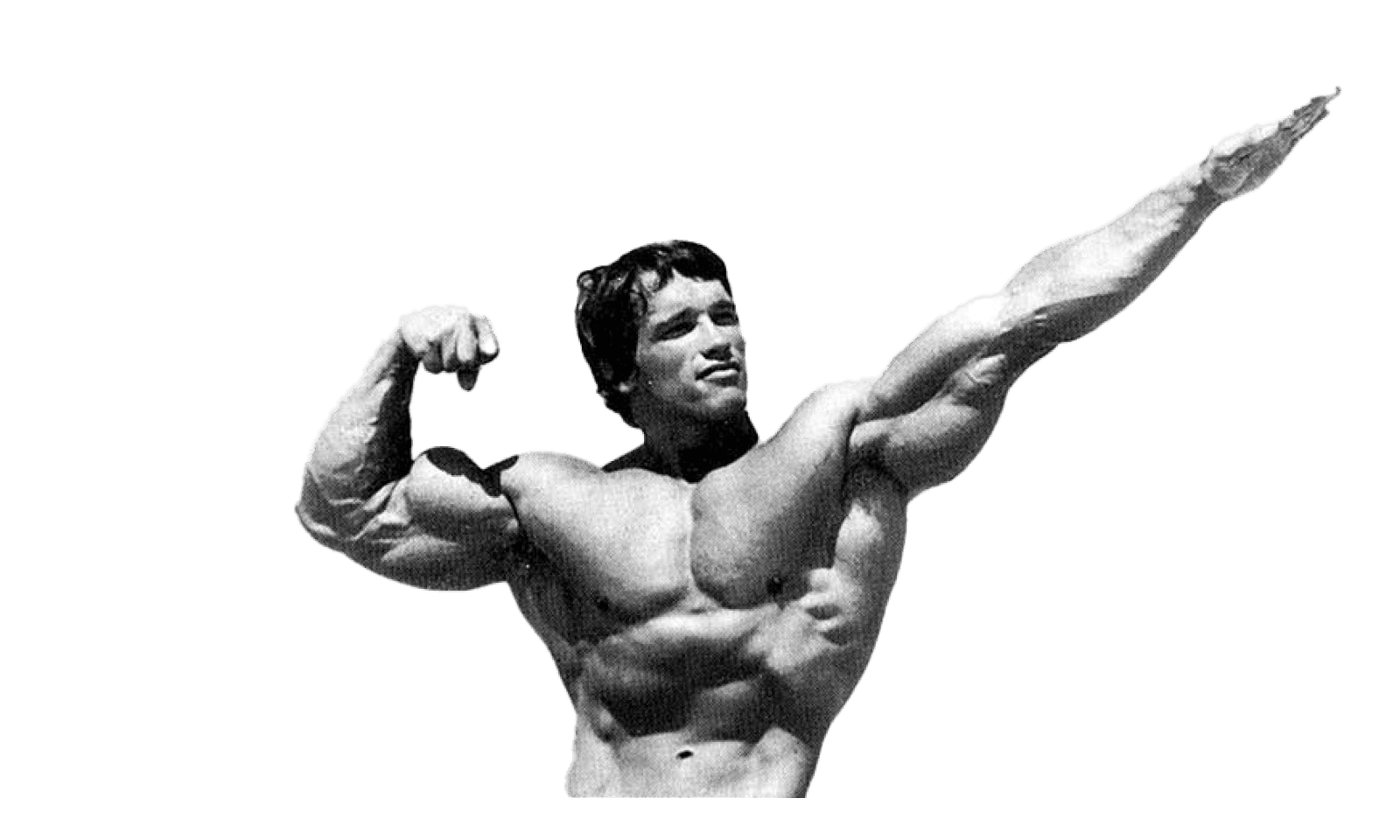Together With NOBULL
It always starts at the ground.
Every lift, every stride, every jump begins with the connection between your feet and the floor. Yet most of us never think about it. We obsess over programs, supplements, and macros. But shoes? They’re an afterthought.
Here’s the truth: scientists found that nearly 70 percent of people are wearing the wrong shoe.
And it’s not just the wrong type of shoe — you’re wearing a running shoe for lifting, or a lifting shoe for hybrid training. It’s also the wrong size and fit for the activities you perform. Too short, too long, too narrow. In some groups, such as older adults, that number rises above 80 percent.
The consequences aren’t just blisters or sore arches. Studies show poorly fitted shoes are linked to chronic foot pain, corns, calluses, and even toe deformities. In people who exercise consistently, the cost is higher: instability, injuries, and reduced performance.
Think about that: seven out of ten of us are losing ground before we even move.
That’s why we've put together this special report, focusing on the footwear you need for the activities you love.
Whether you lift weights, run, or do a little bit of everything, this will help you put the power back in your feet and remove a common and avoidable risk.
Strength Starts In Your Feet
Imagine loading a barbell on your back. Your hands squeeze the knurling. You brace. You descend.
Now imagine that under all that weight, your shoes compress like sponges. The floor feels soft. Your ankles wobble. Your body tenses to stabilize, but every ounce of energy you intended to drive into the barbell leaks through your feet.
That’s what unstable shoes do. And while all shoes might appear stable, the needs of a running shoe are far different from the needs of a lifting shoe.
When you squat, deadlift, or press, your body is working to generate force. That force must travel from your feet through your legs, hips, and torso into the bar. If your base isn’t stable, it’s like trying to fire a cannon from a canoe.
Stability is one of the foundational components of all strength exercises, and that starts in your feet.
Without realizing it, your shoes influence:
Energy transfer: A firm shoe creates a solid platform. When midsoles compress, force dissipates.
Joint protection: Instability shifts stress up the chain — knees cave, hips torque, lower backs compensate.
Positioning: Heel elevation (15–25mm) alters the angles of your squat, reducing ankle demand and enabling deeper, safer movement.
Biomechanical studies confirm what lifters intuitively feel: shoes with elevated heels reduce ankle flexion, increase knee bend, and help maintain torso upright posture during squats.
One systematic review found that a little heel elevation optimized squat stability for most lifters. Modeling studies even show that this shift redistributes load away from the lower back.
If you’re building a stronger body, lifting weights consistently, and occasionally chasing PRs, dedicated lifting shoes can be transformative.
However, for most people — especially those who combine strength training with conditioning — wearing running shoes in the squat rack is the bigger mistake. Soft midsoles mean lost force. And lost force means stalled progress.
Think of it this way: if stability is the currency of strength, the wrong shoe is theft.
Strength and Movement: The Best Of Both Worlds
Most workouts today aren’t just one thing.
They aren’t an Olympic lifting session in a weightlifting hall. They aren’t a marathon training run. They’re a mashup: a little bit of strength, a little bit of conditioning, a sprinkle of cardio, and a lot of variety.
You might start with squats. Move to lunges. Go for a run. Do sprints on the assault bike. Push a sled across the turf. One workout. Five different types of movement.
And here’s the problem: neither lifting shoes nor running shoes were designed for this world. And yet, most people are still training in their running shoes.
Running shoes are brilliant…for running. Their design is optimized for repetitive forward motion. Soft midsoles absorb shock. Rocker profiles help propel you forward. Heel-to-toe drops guide stride mechanics.
But take them into a gym, and suddenly their strengths become weaknesses:
Too much compression under load. That plush cushion that saves your knees at mile five? It becomes a liability under a barbell. Instead of driving force straight into the ground, your foot sinks. Imagine trying to jump off a mattress versus a hardwood floor — one steals power, the other returns it.
Forward-only design. Running shoes assume you’re moving straight ahead. But most gym training requires lateral movement: shuffles, cuts, pivots, box jumps. With narrow bases and curved soles, running shoes roll. That instability stresses ankles and knees.
Durability mismatch. Foam midsoles aren’t built for sled drags and burpees. They break down fast, leaving you with shoes that flatten and fray before their time.
Think about the first time you did box jumps in running shoes. You felt that little wobble, the way your foot shifted side-to-side on landing. Or worse, the sting of missing a jump because the shoe rolled beneath you. That’s not you being clumsy. That’s your shoe betraying you.
If running shoes are too soft, lifting shoes can sometimes feel too rigid when you leave the iron. They’re built with one goal in mind: maximize stability. That’s great when you’re lifting. The raised heel makes squatting deeper easier. The firm sole provides a rock-solid base. The upper locks your foot in place.
But take them outside the squat rack, and suddenly they’re the wrong tool:
Zero cushioning. Sprint in lifting shoes and your joints take every ounce of impact. There’s no give. No rebound. It’s like running in ski boots.
Lack of versatility. Try lateral shuffles or jumps in lifters, and you’ll feel clunky. They’re heavy, stiff, unforgiving.
Picture someone running shuttle sprints in lifting shoes. The slap of hard soles on the floor. The awkward, stomping gait. They look like a sprinter wearing bowling shoes — strong in one setting, out of place in another.
The Science of the Middle Ground
Hybrid shoes are built for the world most of us actually live in: a blend of lifting, cardio, and functional movement.
Here’s what the science (and coaching) tells us they need:
Firm but not rigid midsoles: Lifting requires stability. Running requires cushioning. Cross-trainers strike the balance with firmer foams that resist compression under heavy load, while still rebounding for jumps and short sprints.
Research on footwear biomechanics shows that midsole hardness directly affects energy transfer: too soft, and you lose force under load; too hard, and you increase impact forces in dynamic tasks. Cross-trainers or hybrid shoes aim for the sweet spot.
Multi-directional traction: Running shoes use long grooves designed for forward roll. Hybrid trainers use flatter, grippier patterns that provide traction at every angle. Movements like sled drags, lateral shuffles, or even battle ropes generate force in multiple directions. Your foot needs grip where running shoes would slip.
Lateral support: In running, the goal is efficiency: minimize motion. In training, your foot moves laterally — cuts, pivots, rotations. Hybrid trainers often flare the sole slightly and reinforce the upper to prevent rolling.
Studies show lateral instability increases ankle inversion torque — a leading risk factor for sprains. Hybrid trainers reduce this by widening base and stiffening the upper.
Anatomical fit: Many Hybrid trainers use wider toe boxes to let your foot splay naturally during squats and jumps. This mimics barefoot mechanics without sacrificing protection.
When it comes to footwear, it’s best to think of each shoe like a tool.
A running shoe is like a scalpel: precise, brilliant for one job, but less than idea for most others.
A lifting shoe is like a hammer: powerful in one direction, but not as nimble elsewhere.
A hybrid trainer is like a multitool: not perfect for every situation, but the one you actually carry everywhere.
Most of us don’t live in single-sport silos. We lift, we sweat, we sprint, we jump. Our shoes should too.
The Cost of the Wrong Shoe
Here’s the hard truth: the number one reason people struggle to see progress in the gym isn’t always their program. It’s consistency. And anything that takes you away from showing up repeatedly is slowing you down.
For some people, it’s creating a habit that helps them stick to a plan.
But for many others, it’s injuries and setbacks. Pain derails consistency. Consistency builds results.
Hybrid trainers reduce that risk not by making training easy, but by making it safe and repeatable. They’re the insurance policy that lets you train tomorrow and the next day, without nagging injuries pulling you off track.
If you’ve ever had knee, back, or ankle pain…
If you’ve ever felt your foot roll on a box jump landing…
If you’ve ever squatted in soft shoes and felt the weight wobble…
You already know why your shoes make a difference. So if you’re going to spend time in the gym, it makes the most sense that you don’t prioritize how you look but how you feel and move.
And that’s why the right shoes should be a primary consideration. And getting a shoe that meets all your needs could be the first step towards the consistency and performance you desire.
We tested a dozen different shoes, and the brand-new NOBULL Drive Ripstop stood head and shoulders above the rest.
We got to test out the shoe before it hit the market, and it was different than other shoes we’ve tried.
The NOBULL Drive Ripstop is a hybrid shoe designed for the type of workouts you perform. They squat, they sprint, they sweat through HIIT classes.
We created a checklist for each shoe, and here’s where the Drive Ripstop excelled:
Stability for strength: The Pebax® foam midsole resists compression under load, so squats and deadlifts feel grounded.
Cushioning for cardio: Responsive enough for sprints, jumps, and long conditioning pieces.
Lockdown for lateral moves: A ripstop upper hugs your foot, preventing roll during cuts and pivots.
Durability for everything in between: A workhorse gym shoe that looks clean outside the gym, too.
We tested NOBULL shoes before, and this is their most versatile product yet. Lightweight and durable and locked in for the task at hand. You don’t need three pairs of shoes for one workout. You need one that won’t quit when your training isn’t one-dimensional.
Shoes are more than style. They’re your foundation. Get them wrong, and you bleed strength, stability, and performance. Get them right, and every rep, stride, and jump stacks in your favor.
As an APC reader, you get a limited, exclusive offer. Use the code “ARNOLDPC50” and receive $50 OFF the Drive Ripstop. This offer is valid for only 48 hours.
We hope you found this special report helpful, so you can upgrade your footwear and feel the difference in your training. Enjoy the rest of your weekend, and we’ll see you on Monday.
—
Publisher: Arnold Schwarzenegger
Editors-in-chief: Adam Bornstein and Daniel Ketchell




